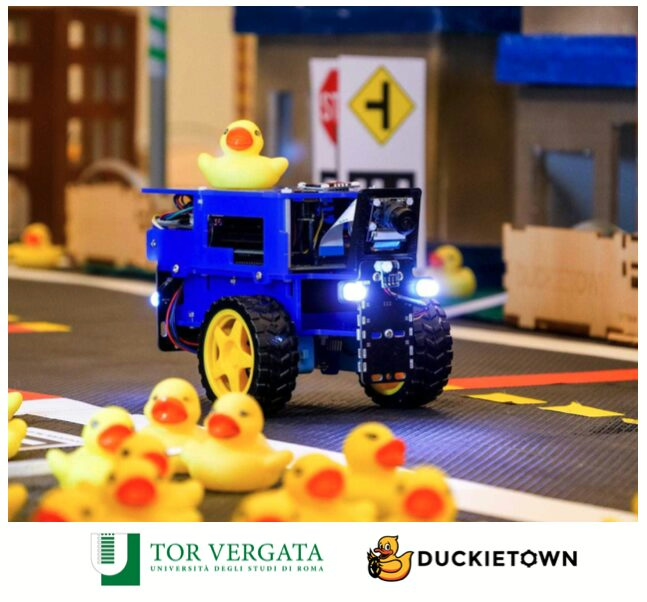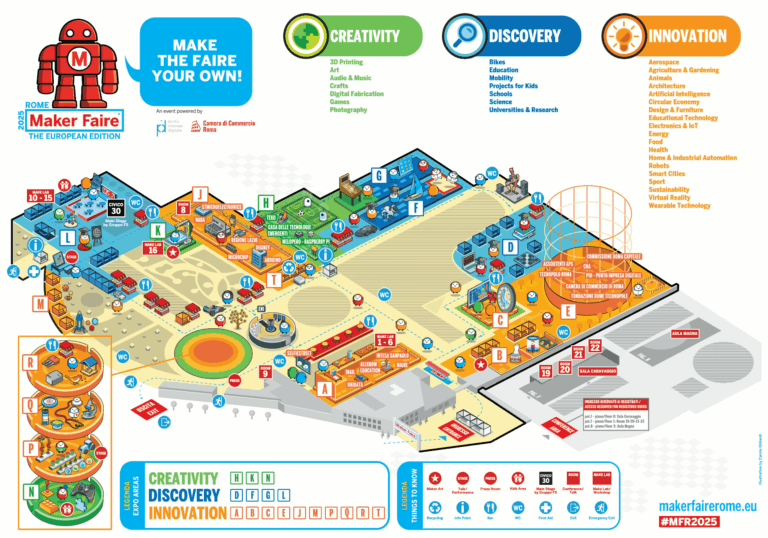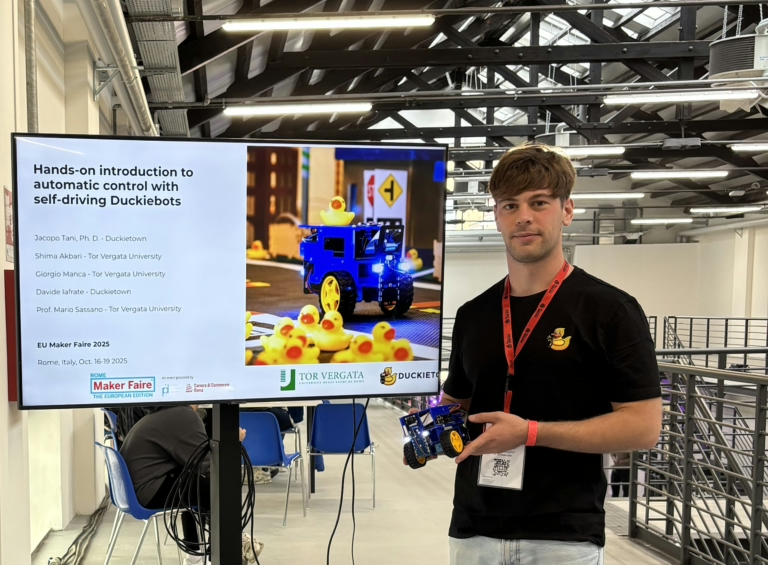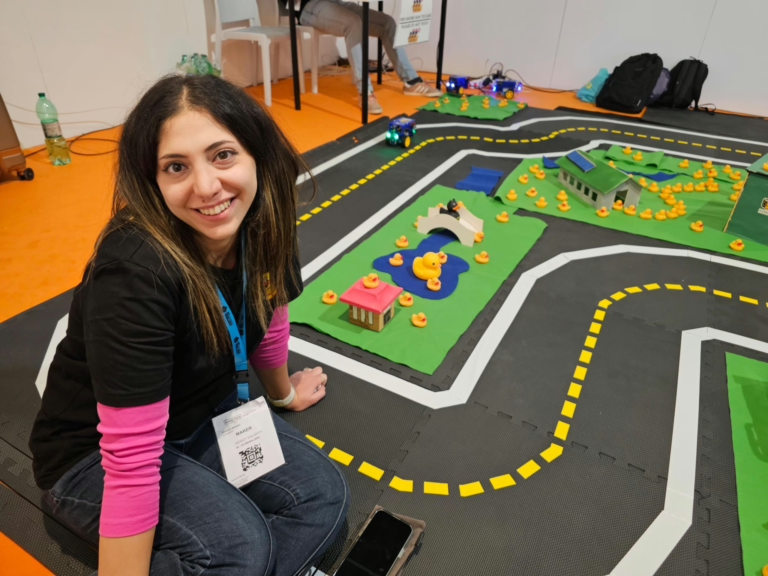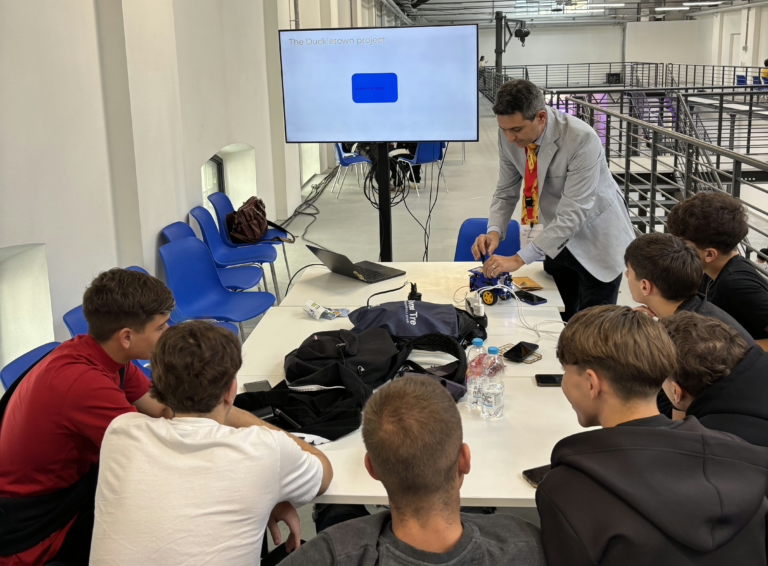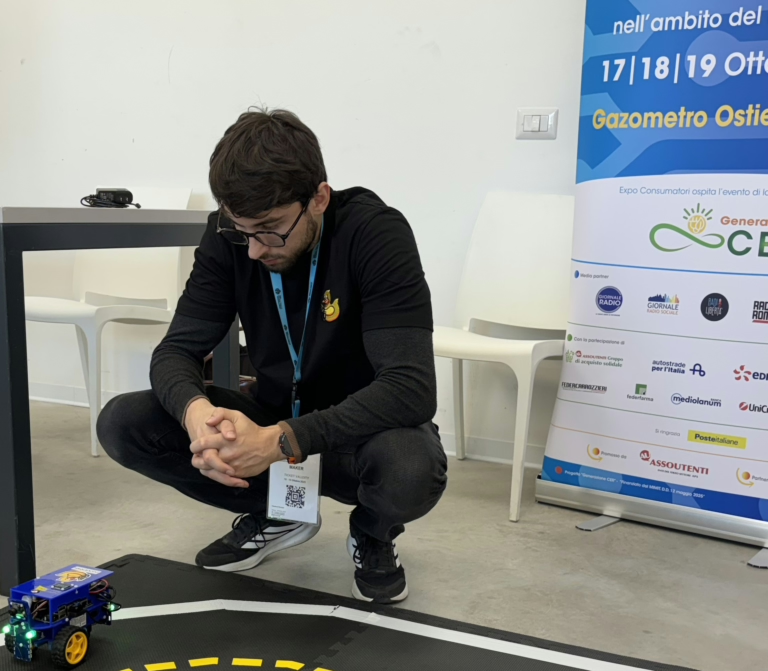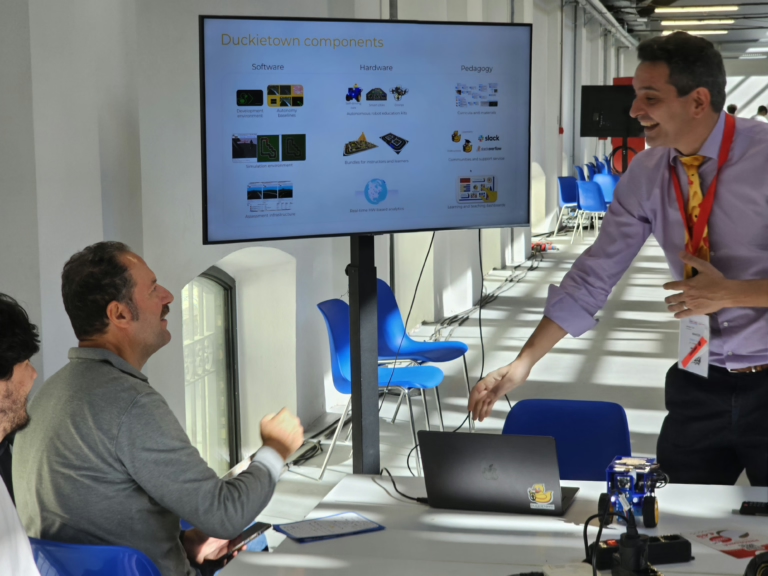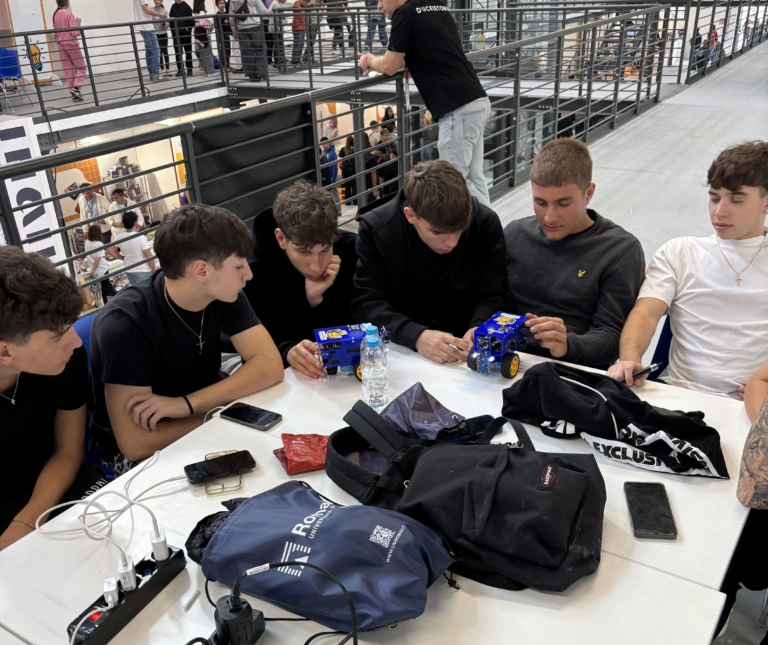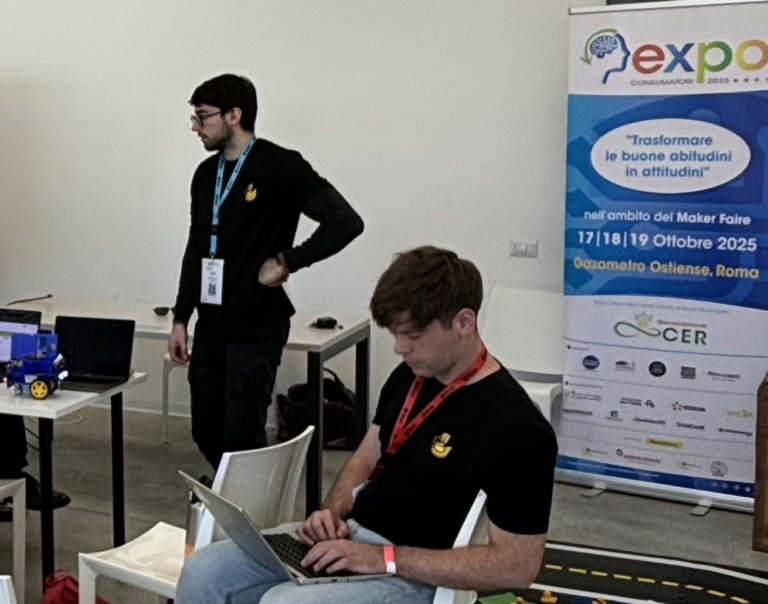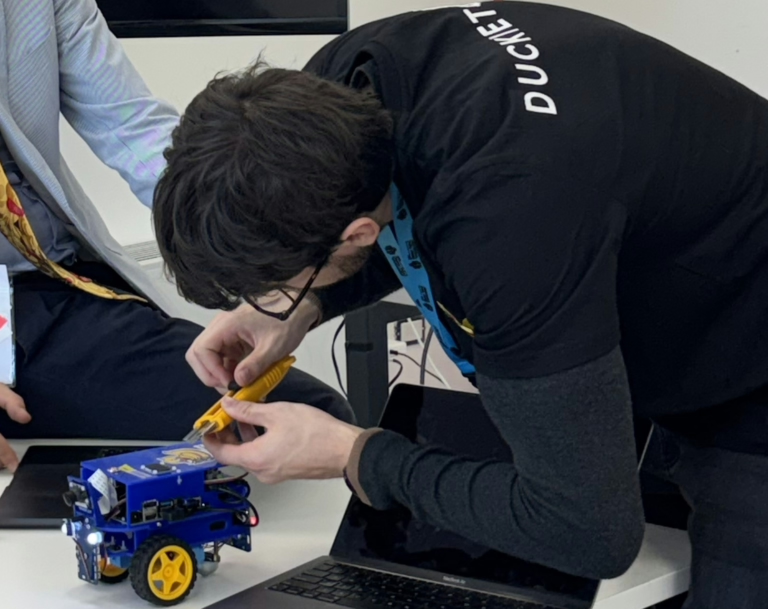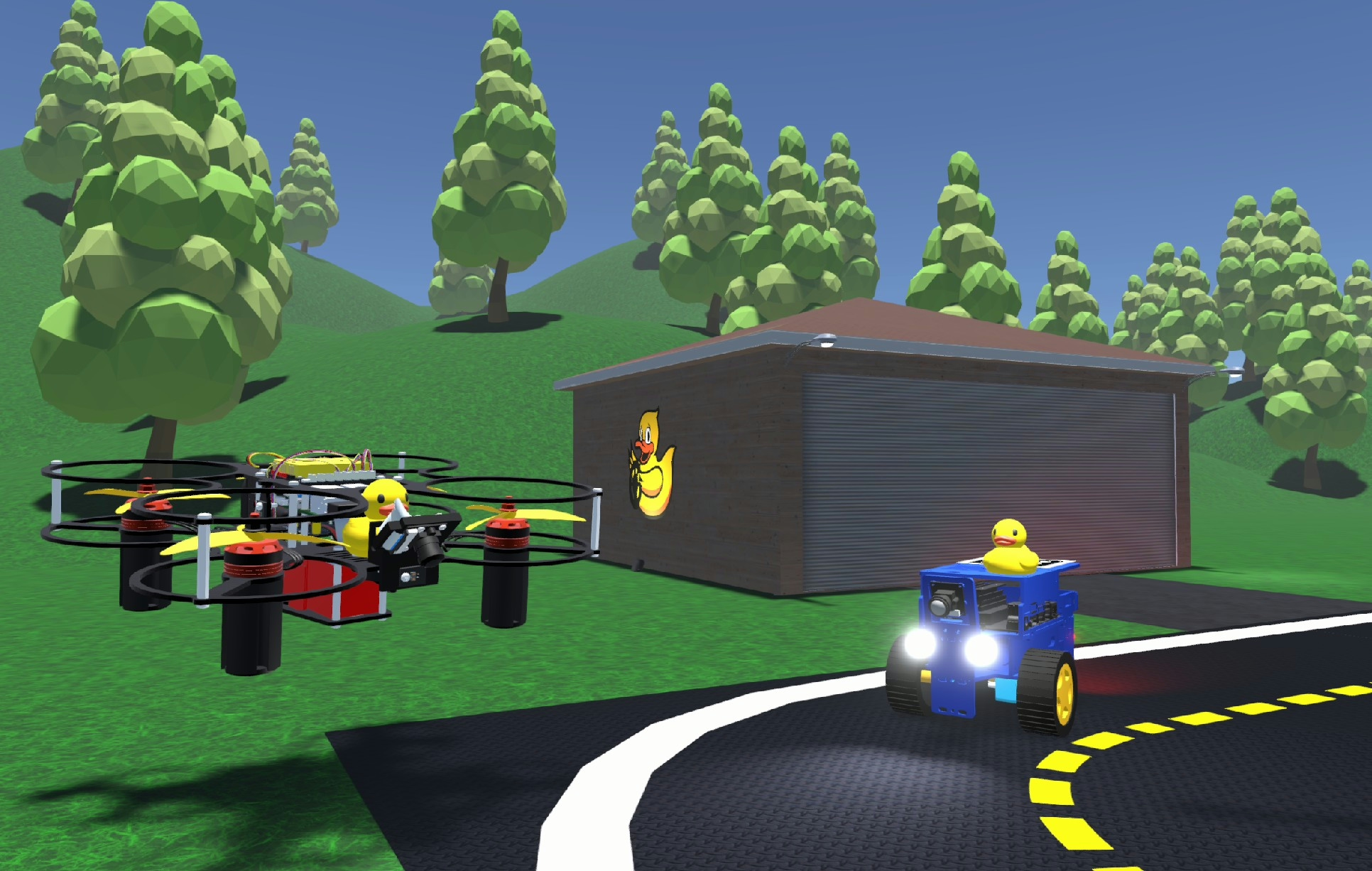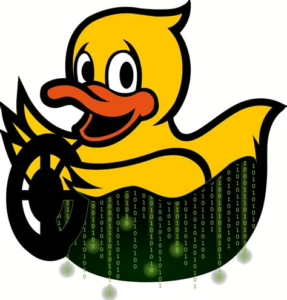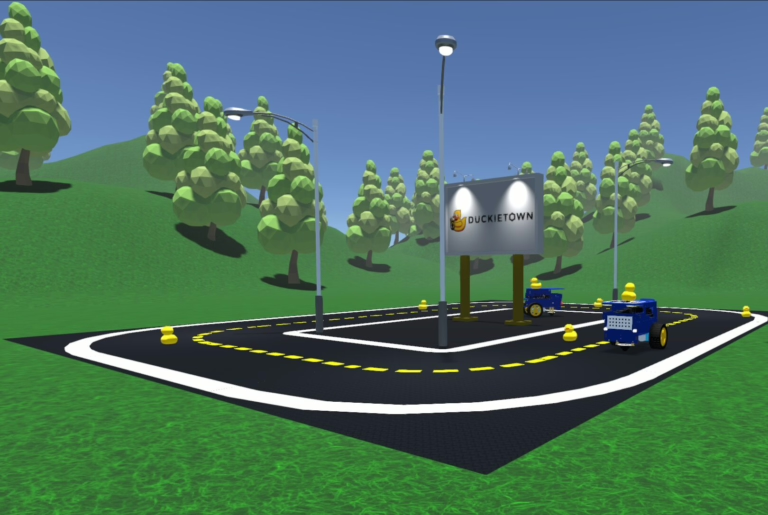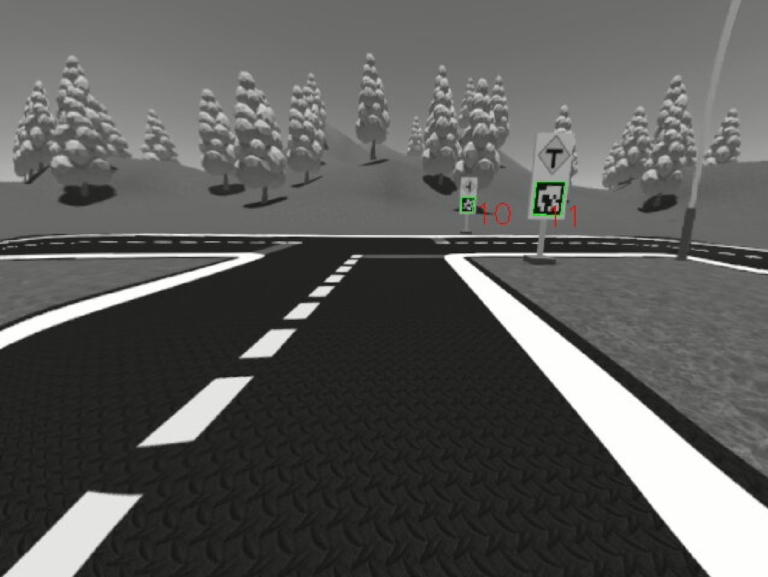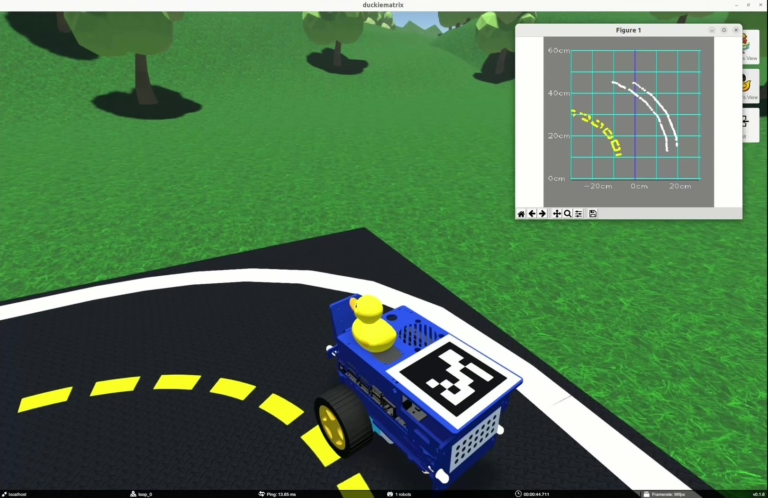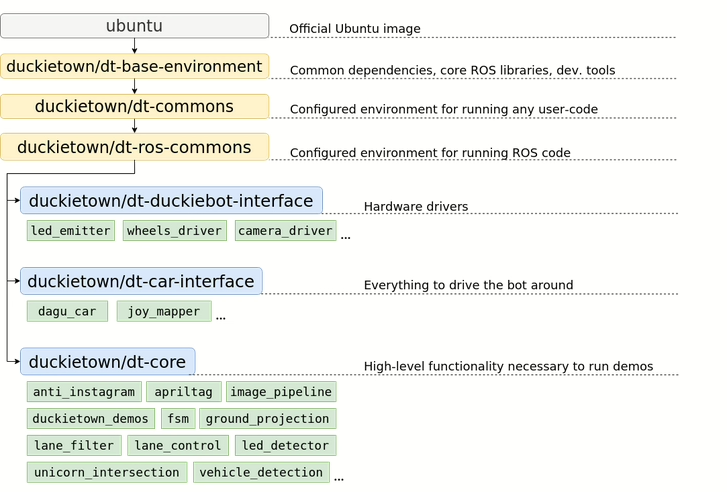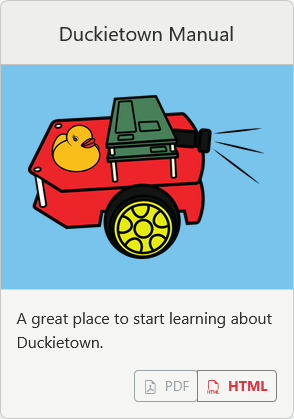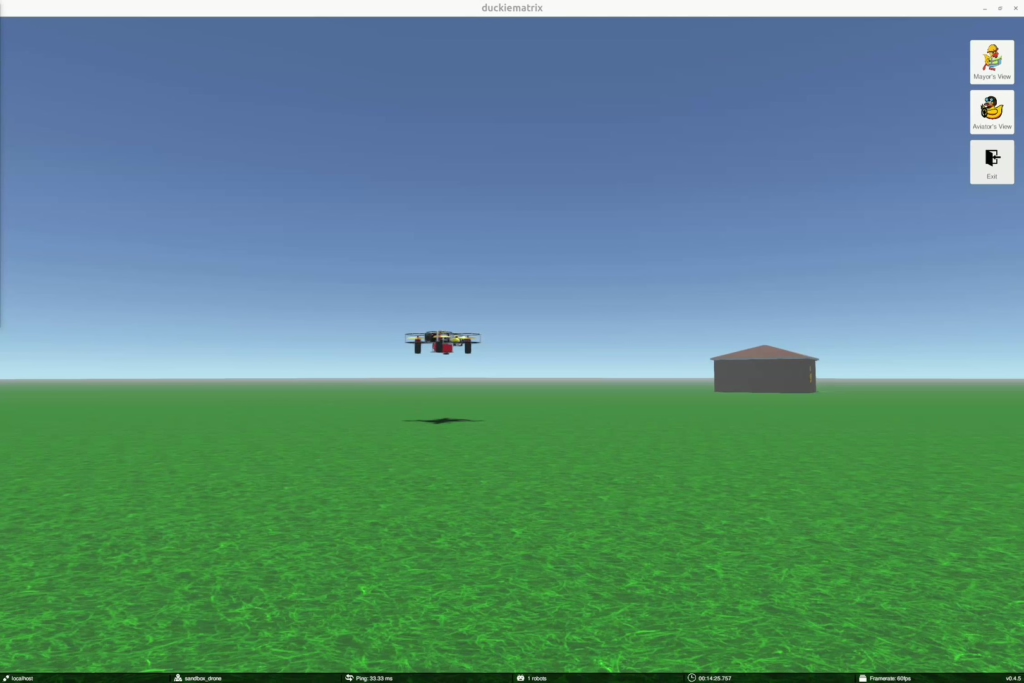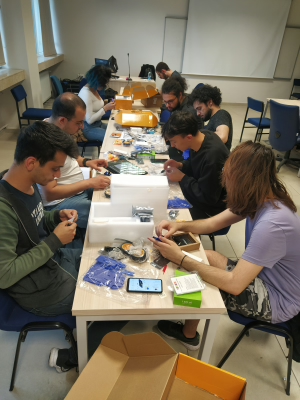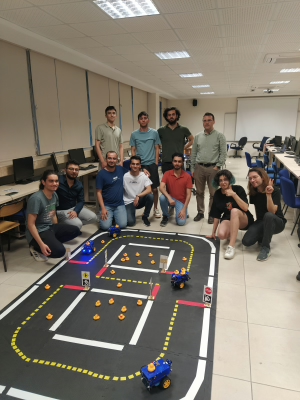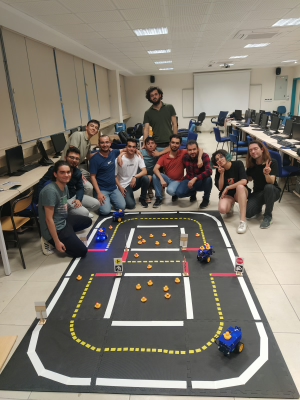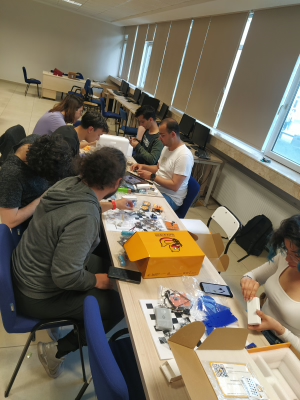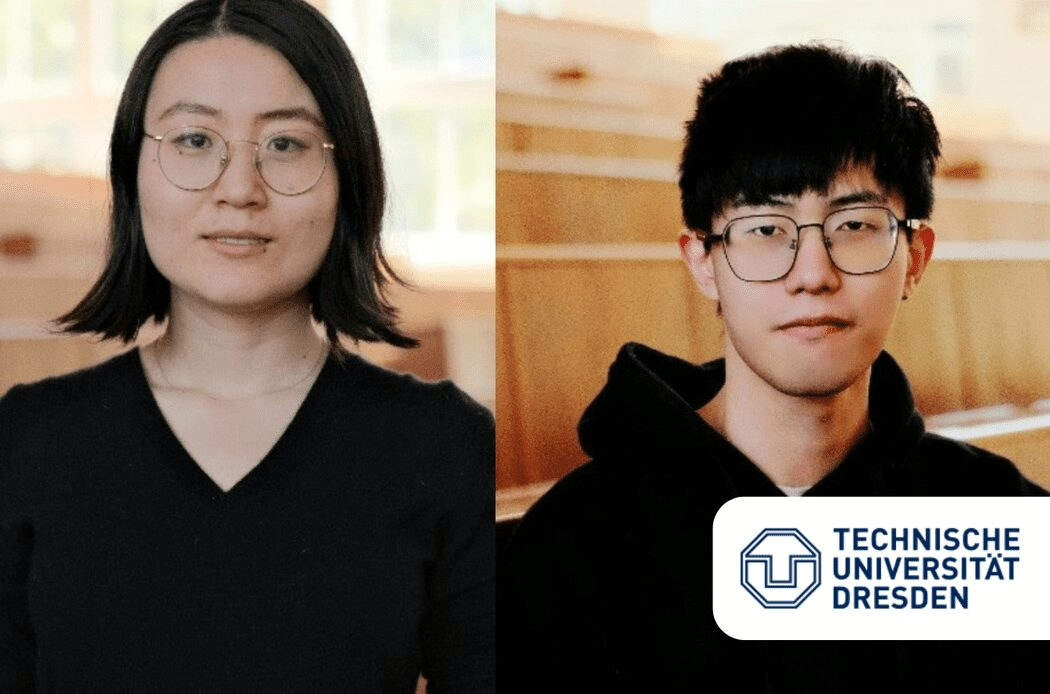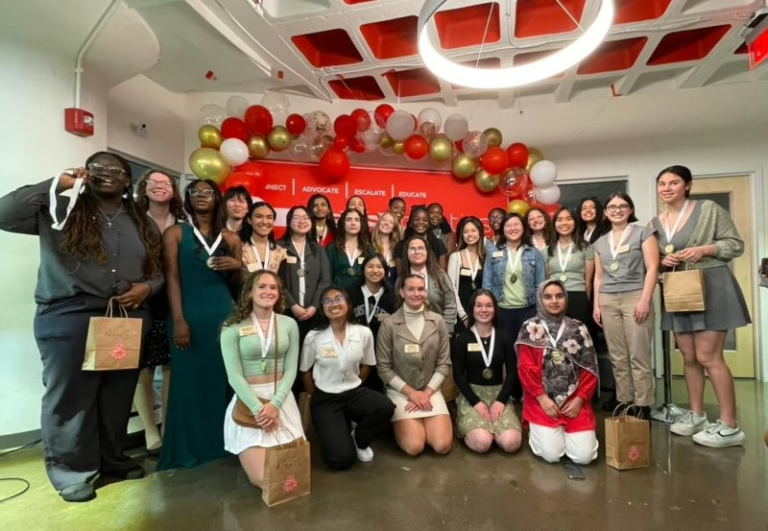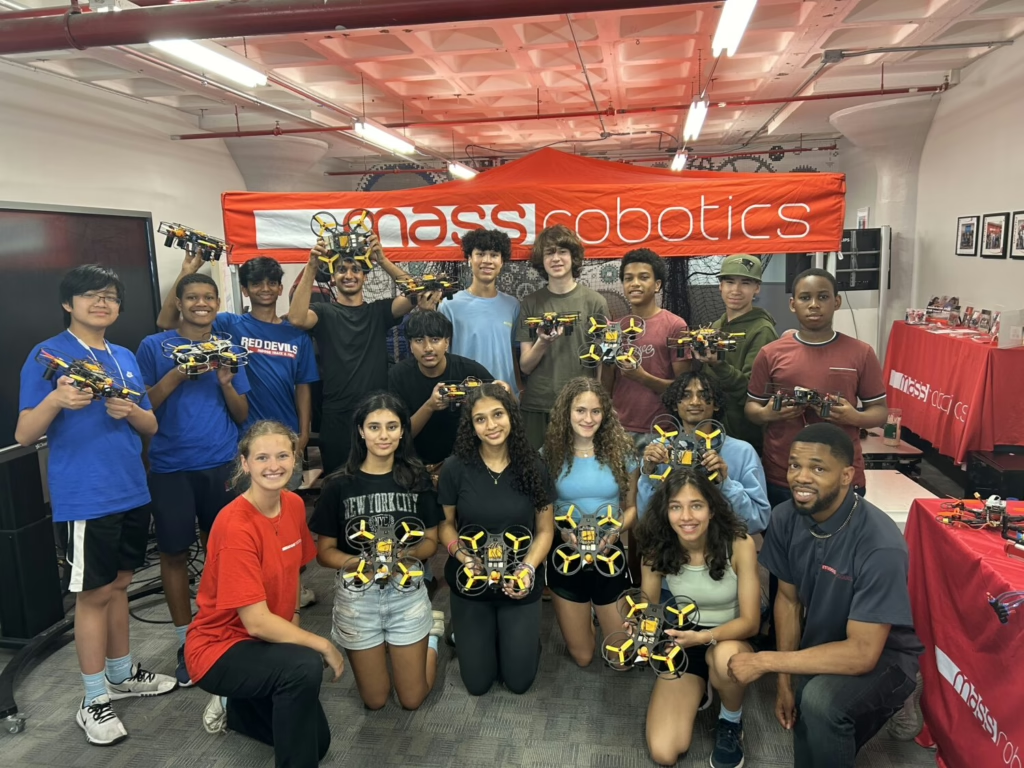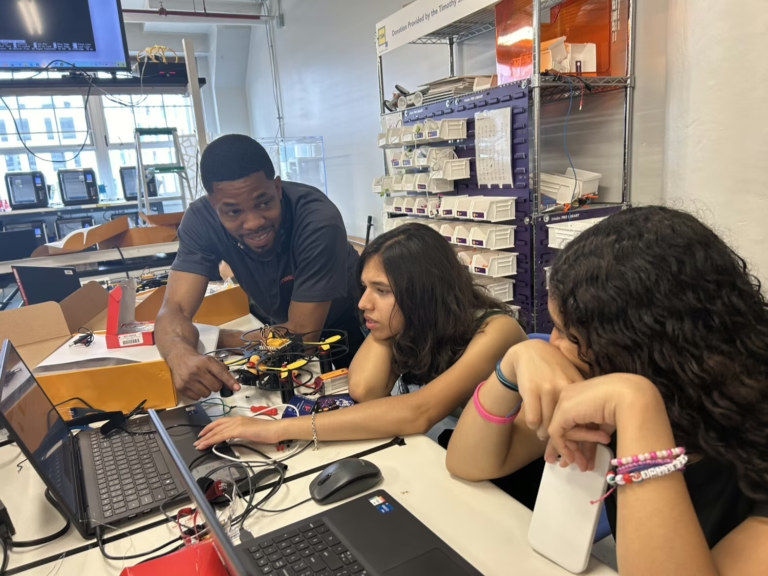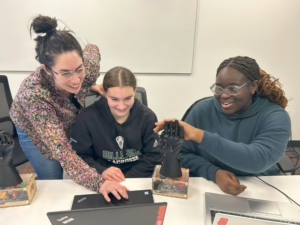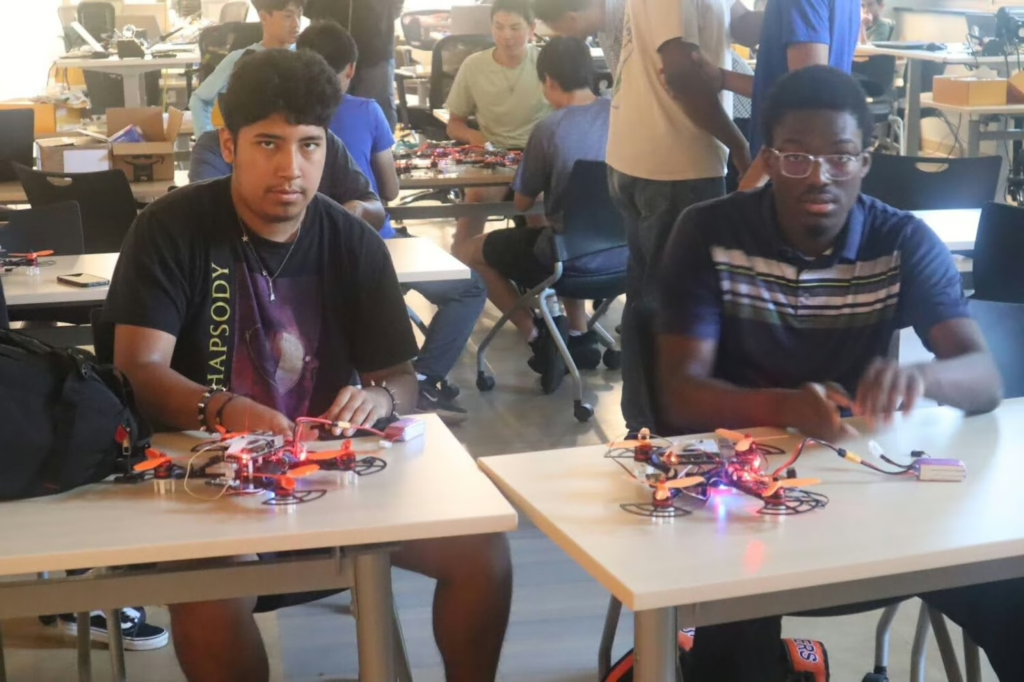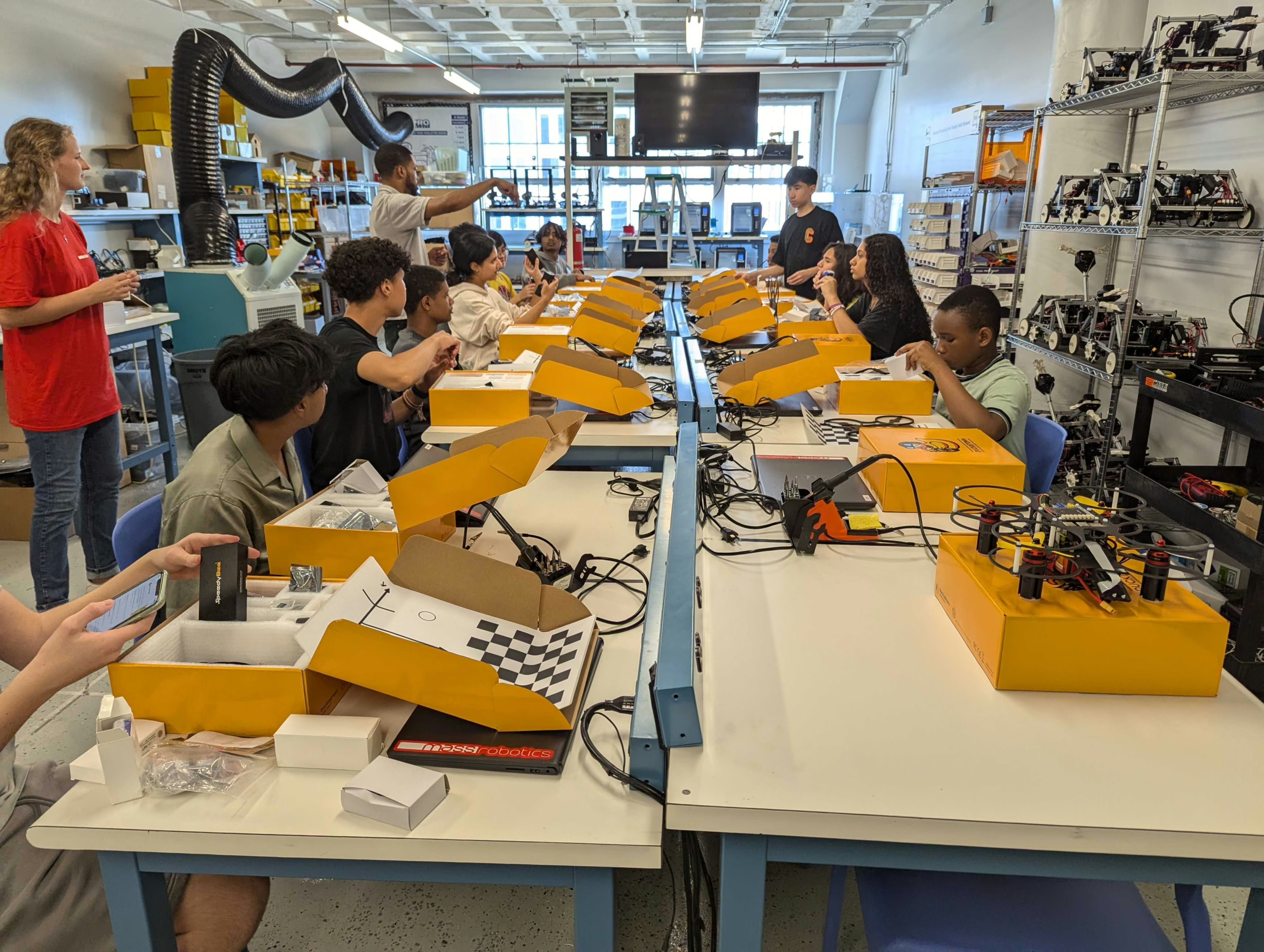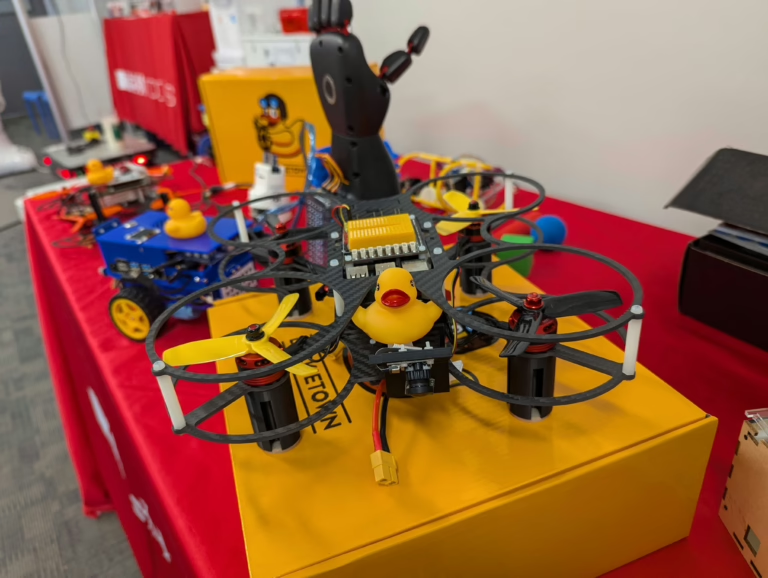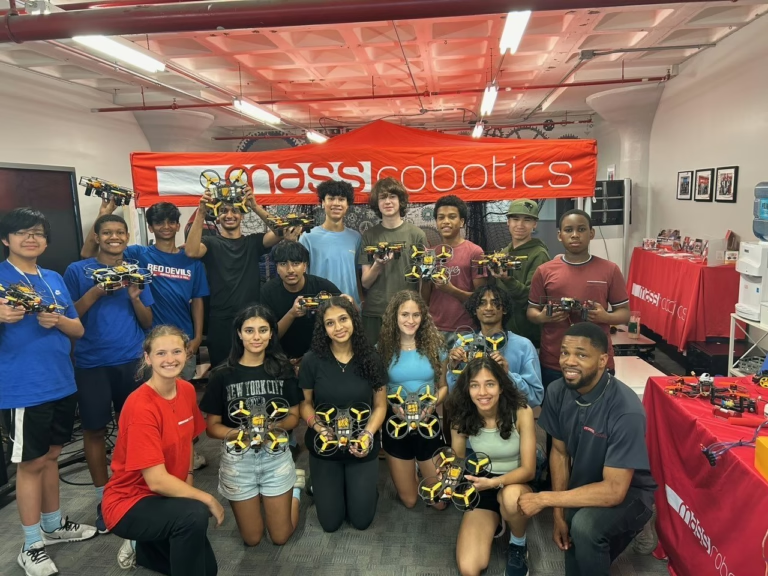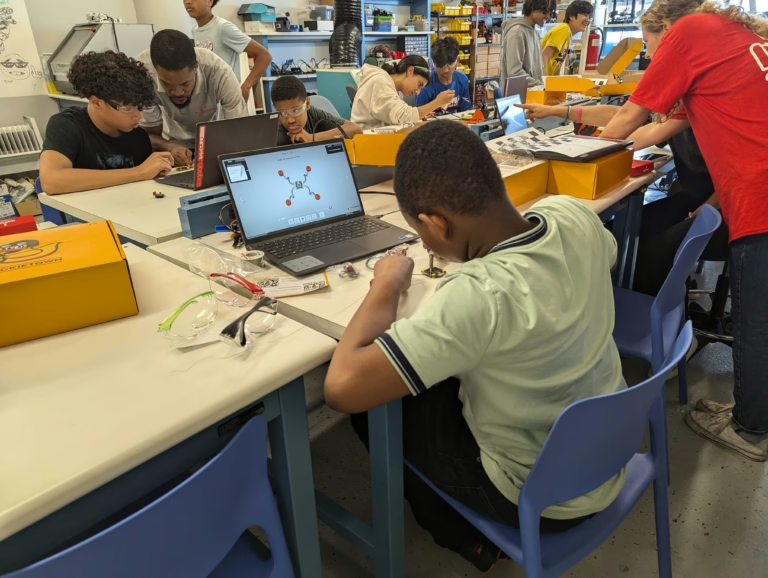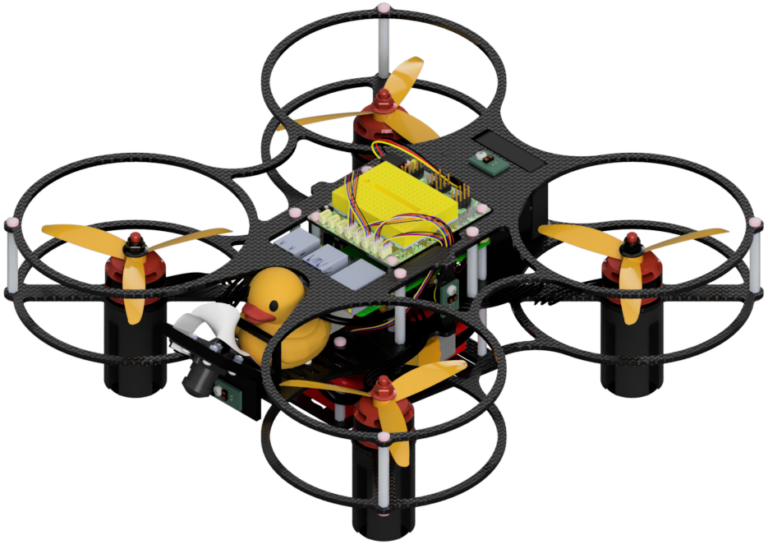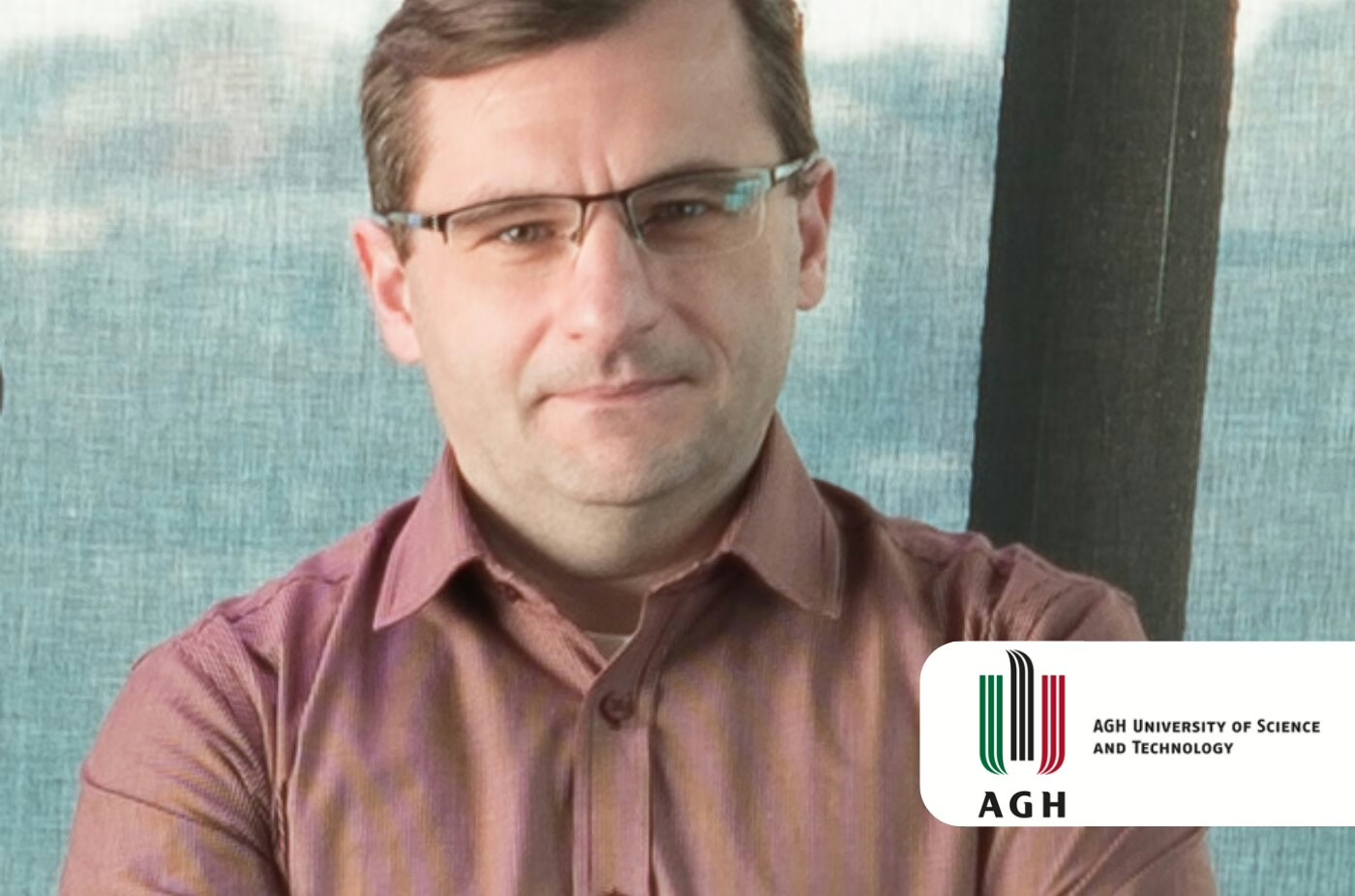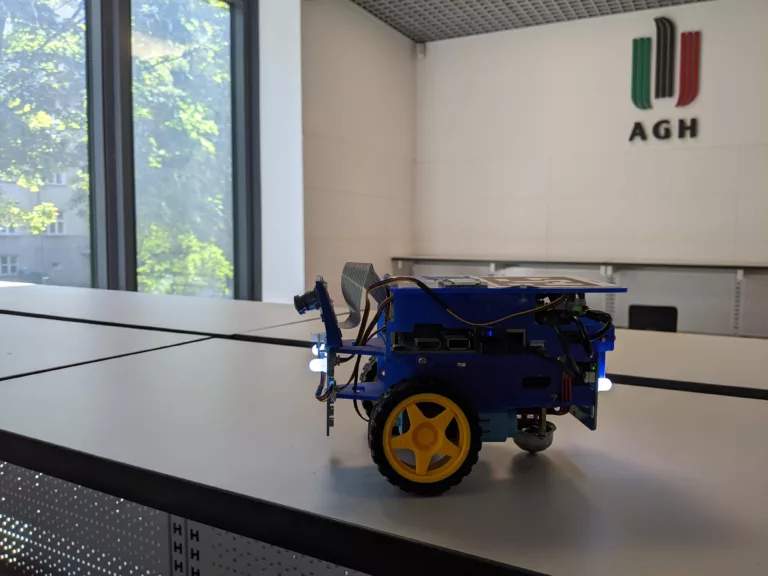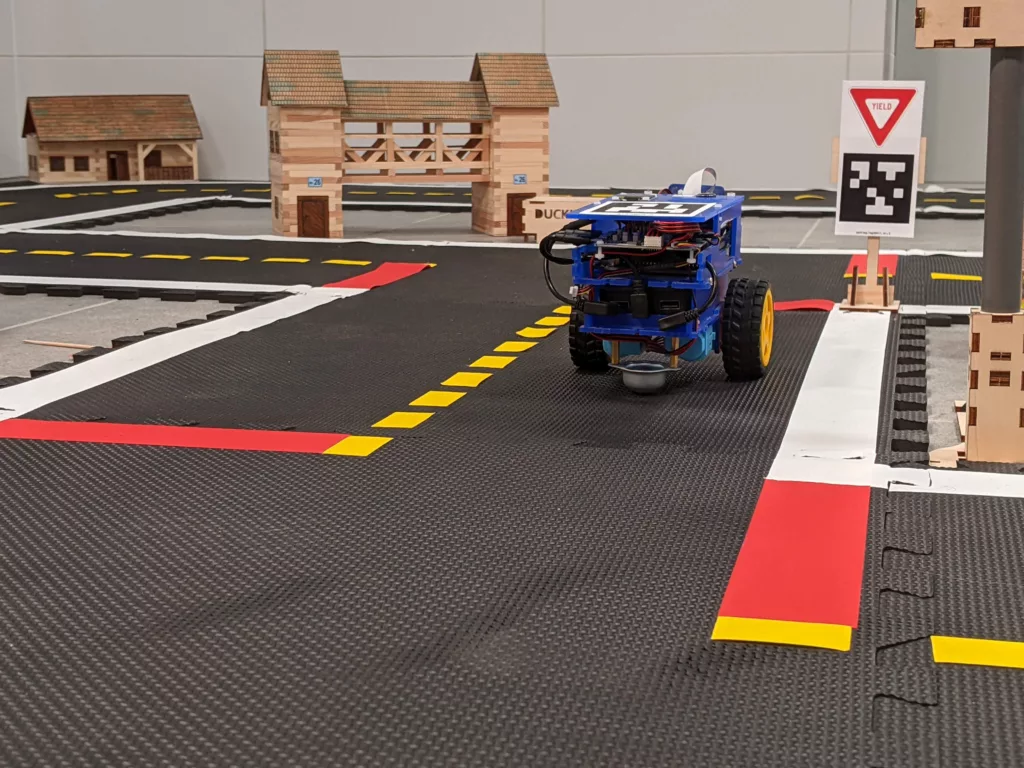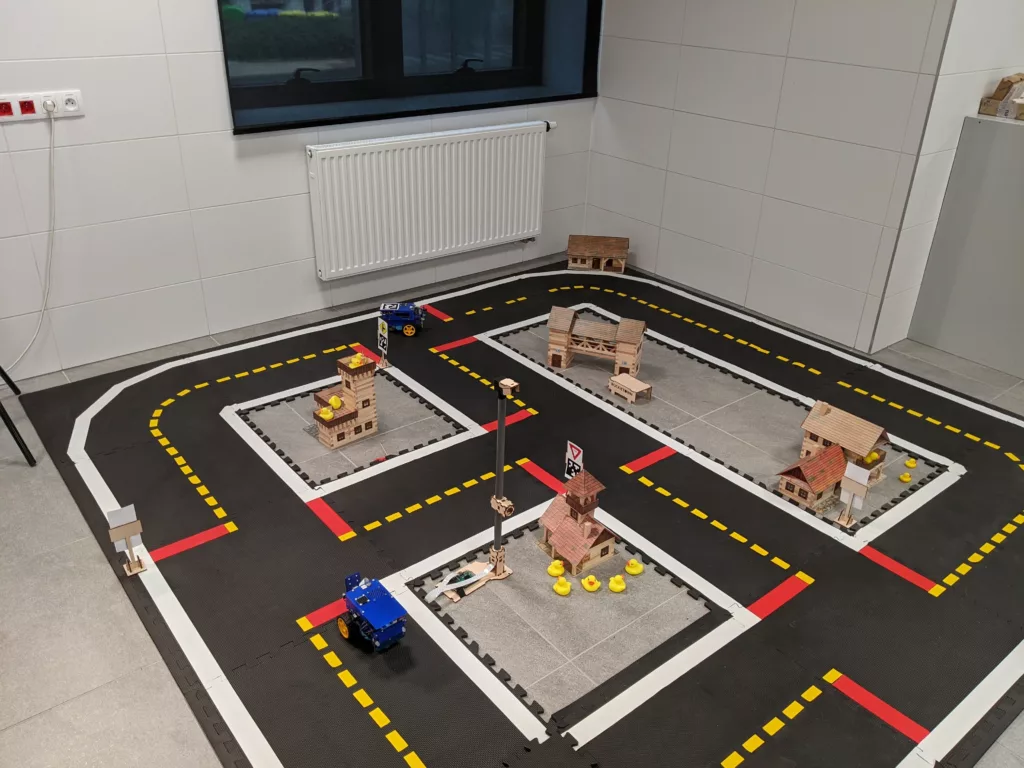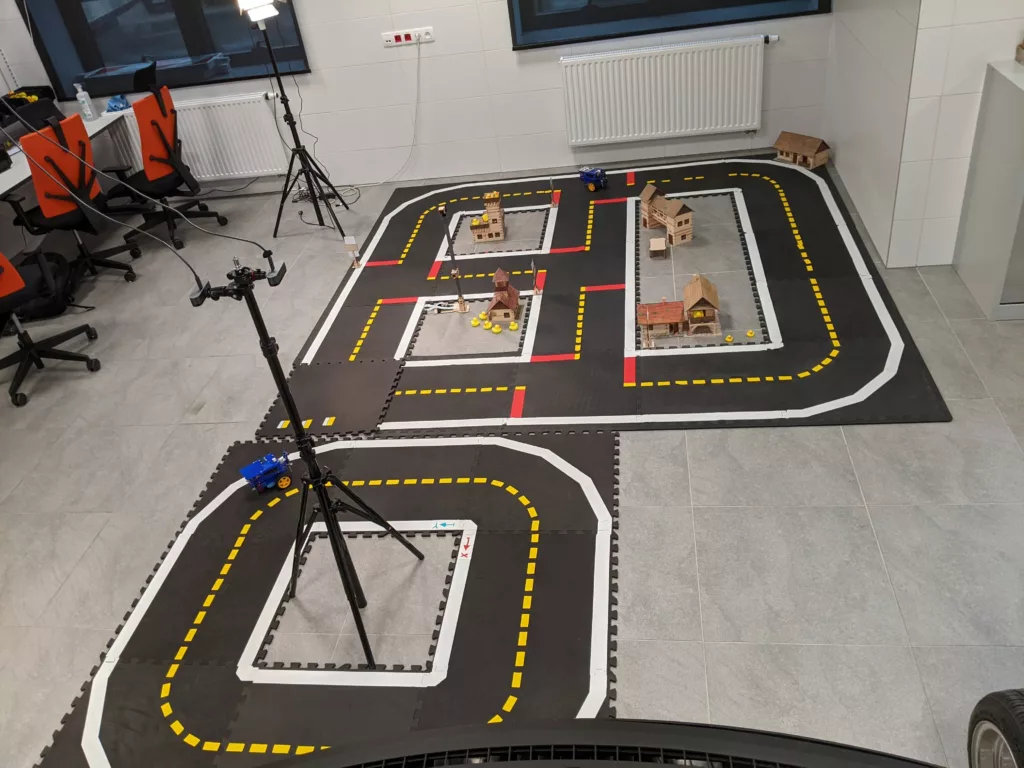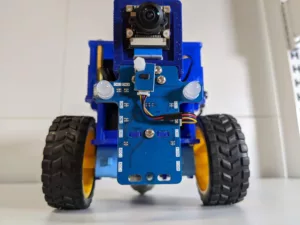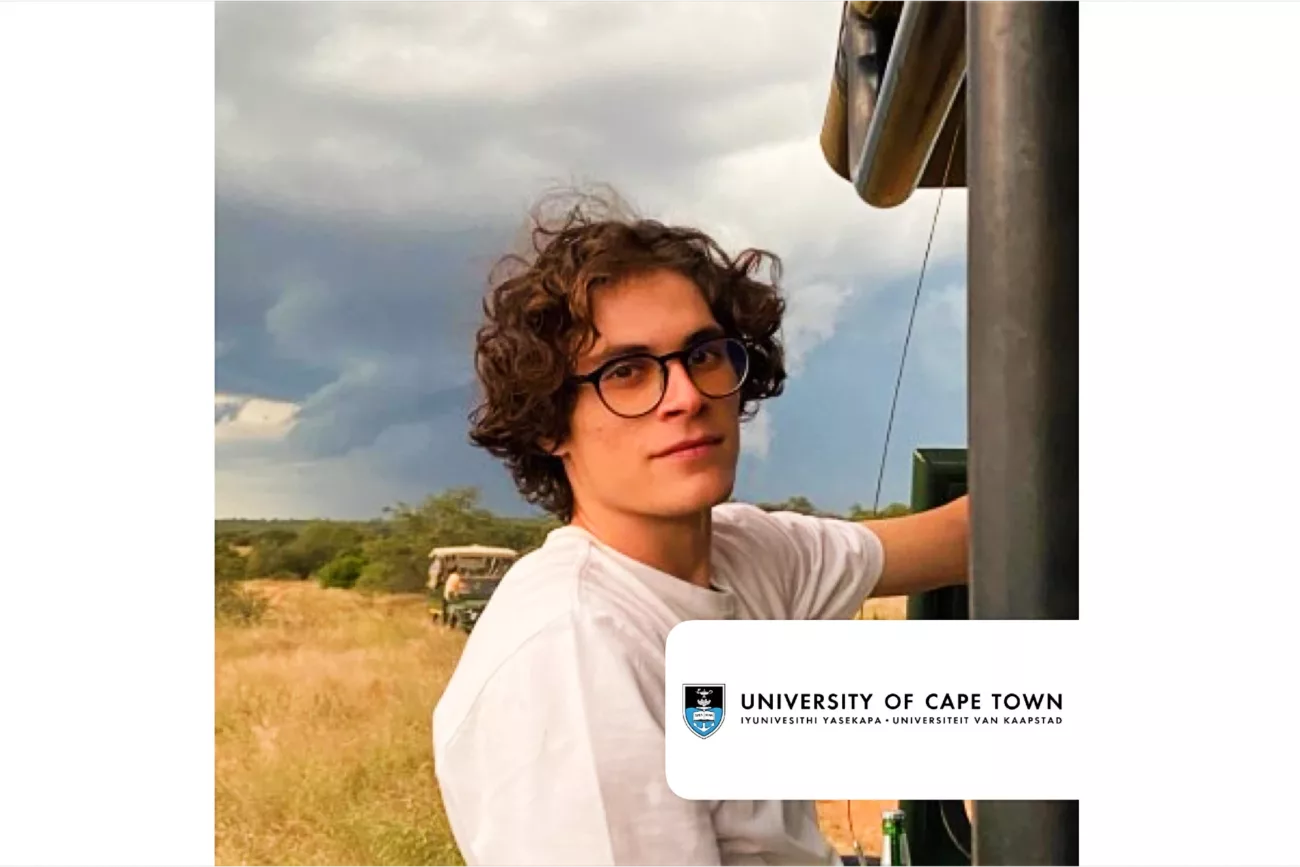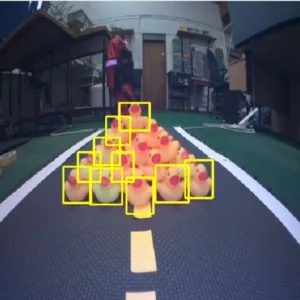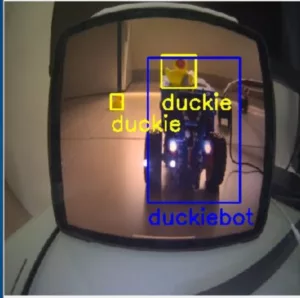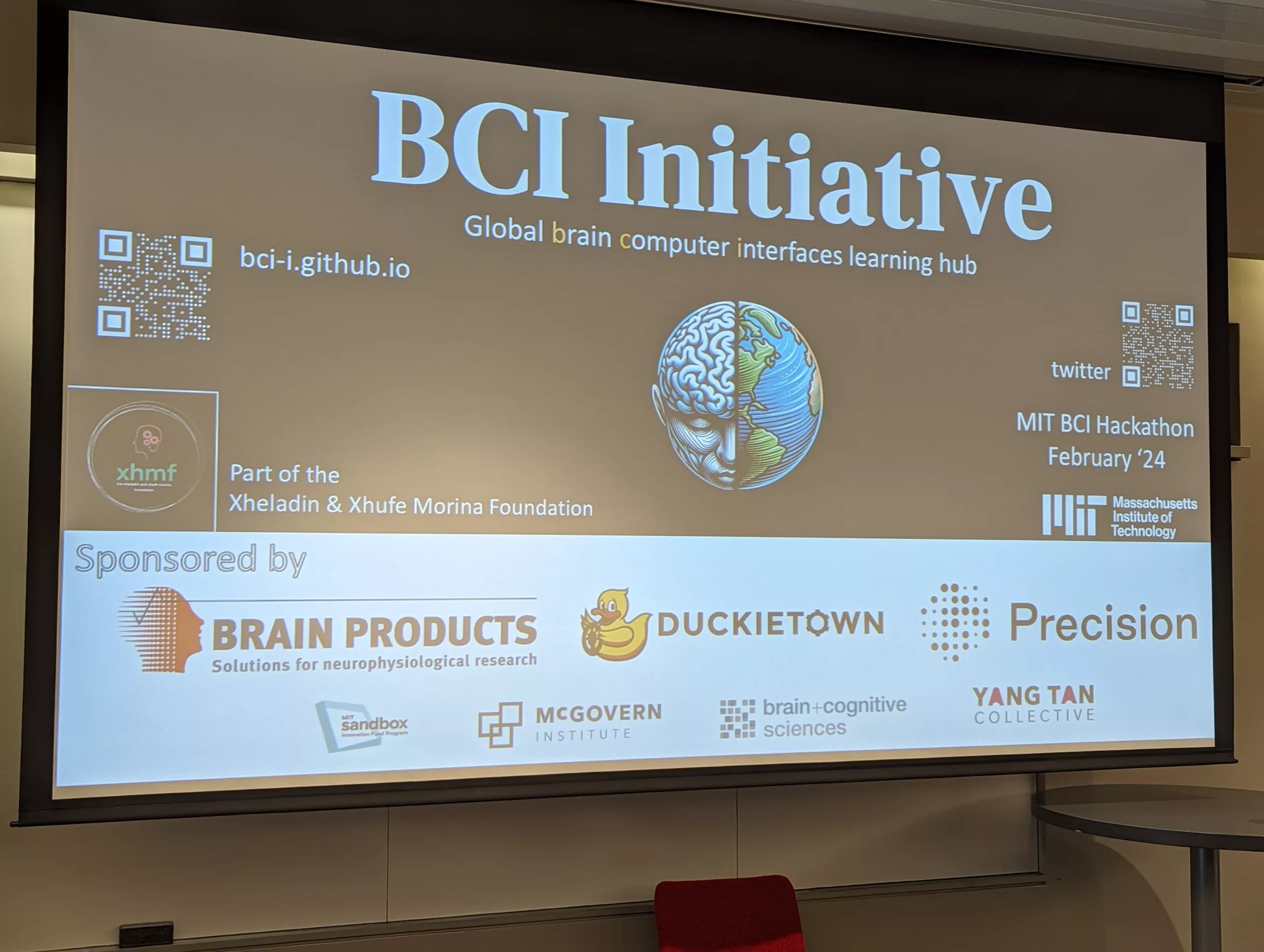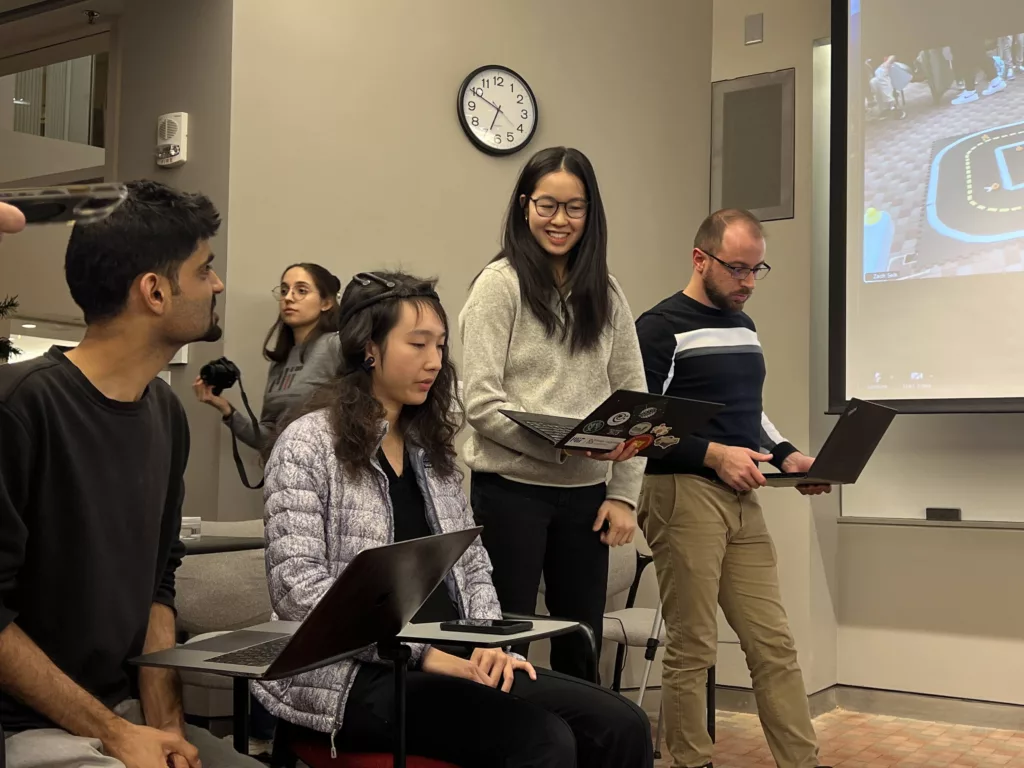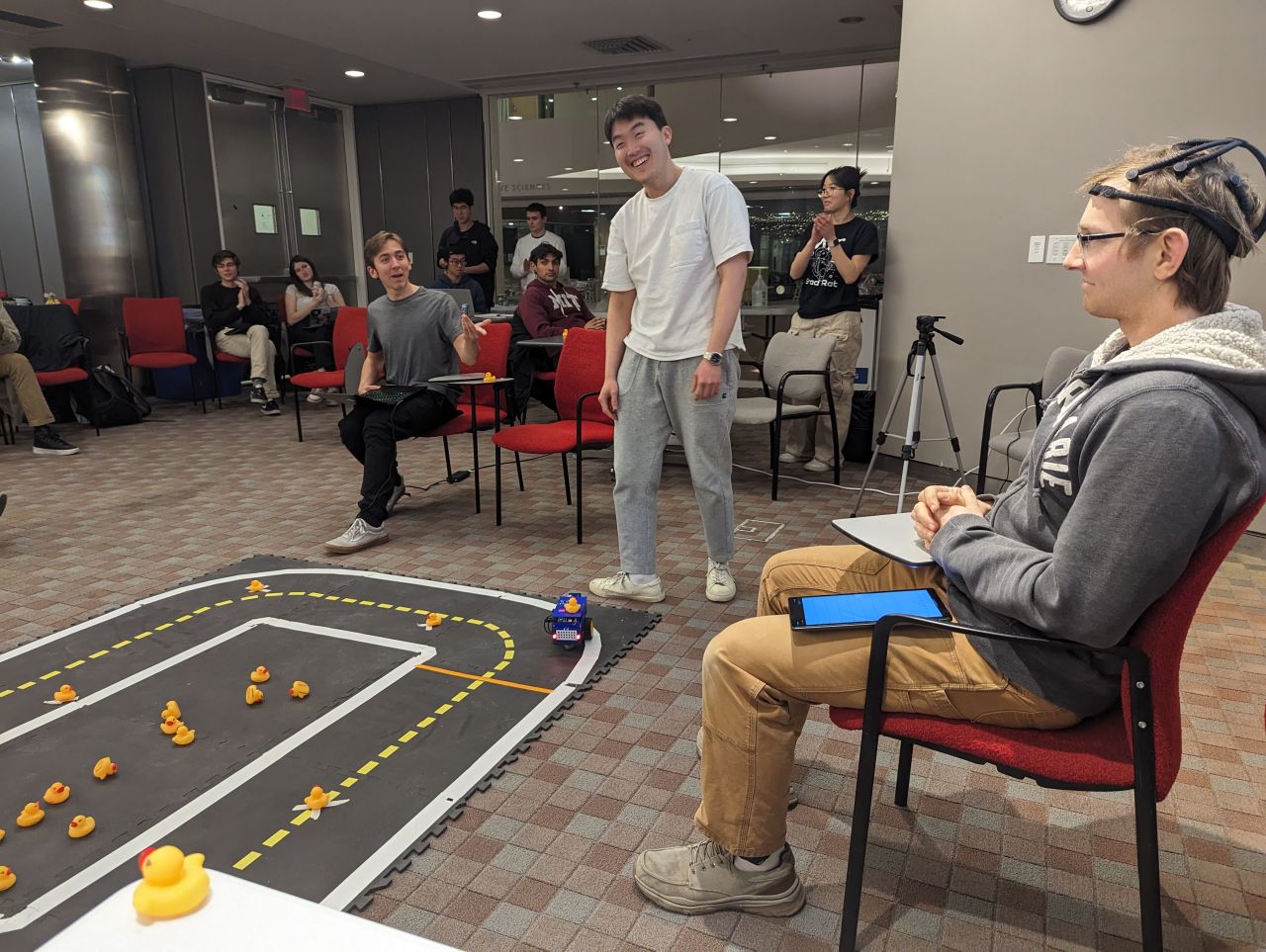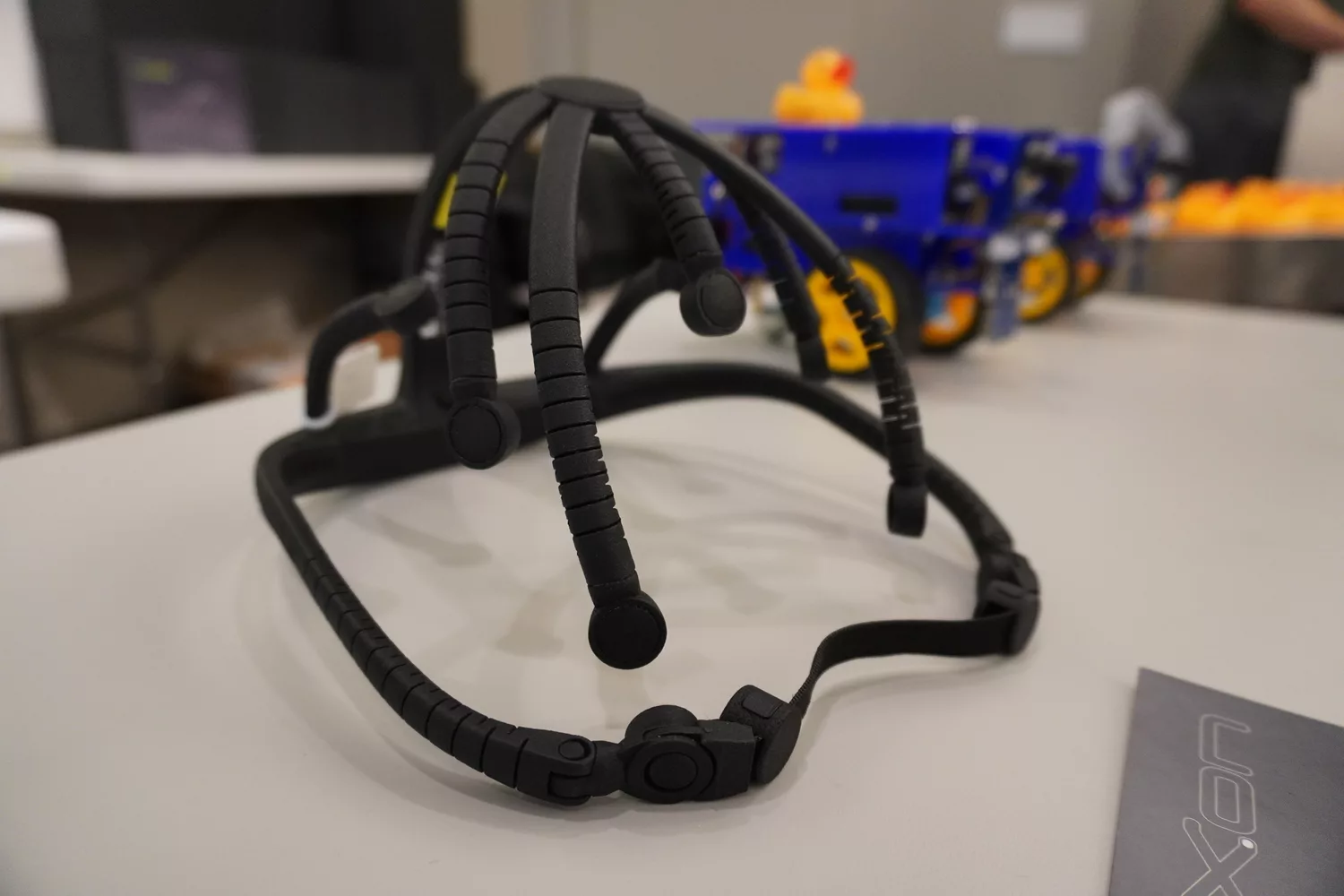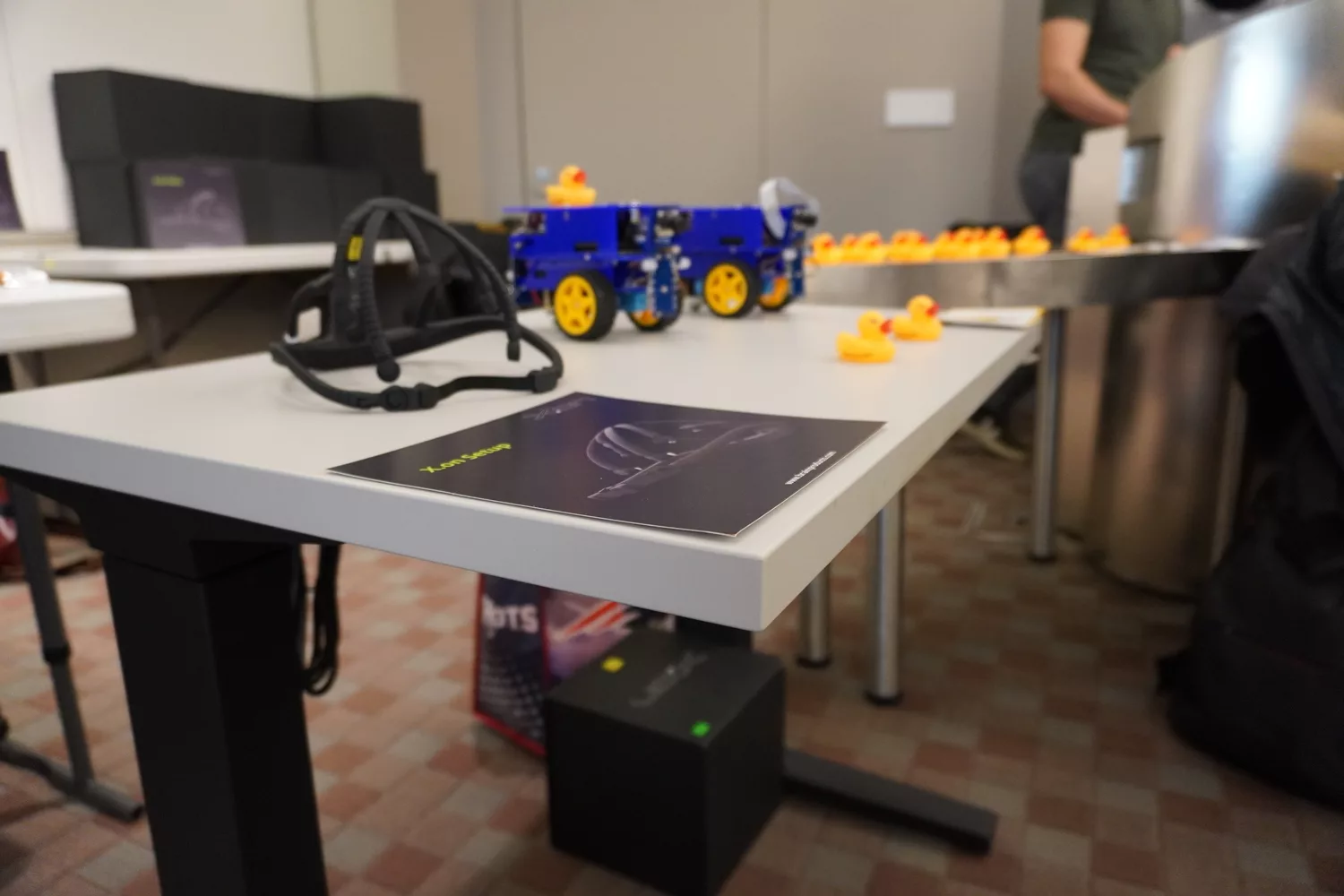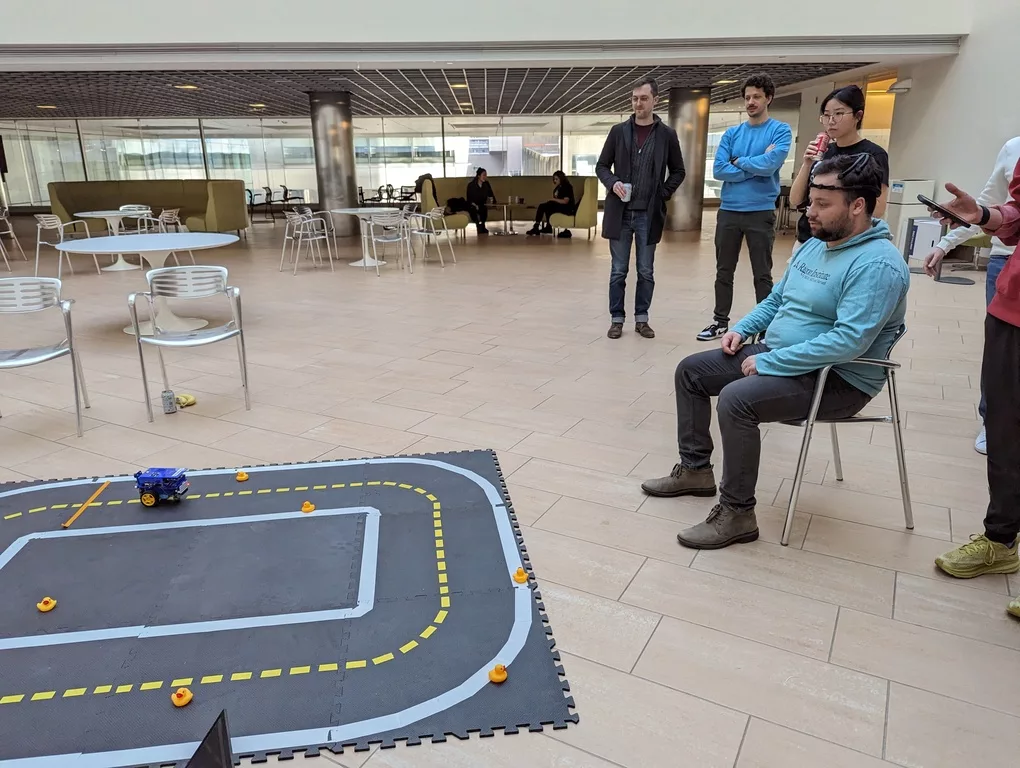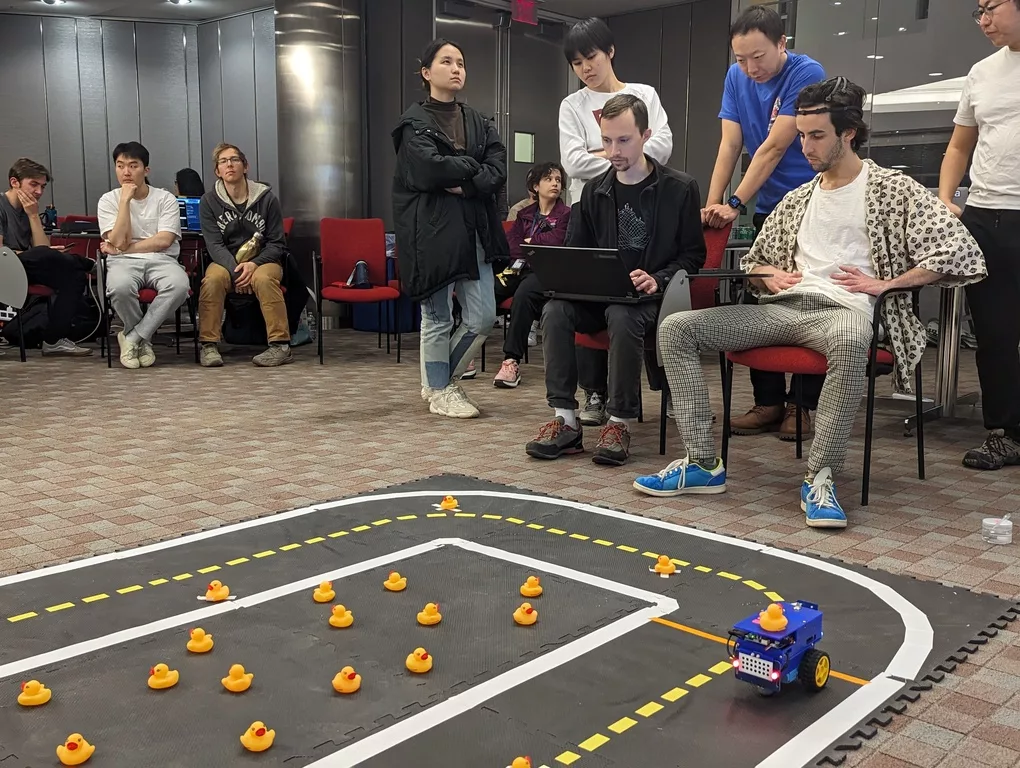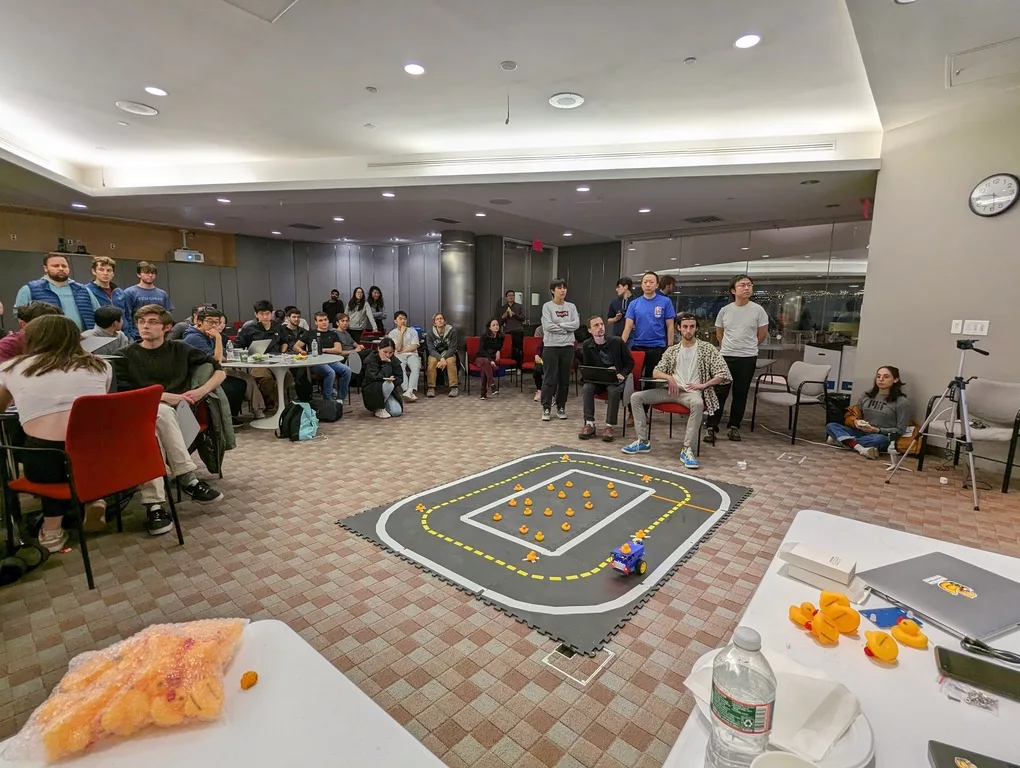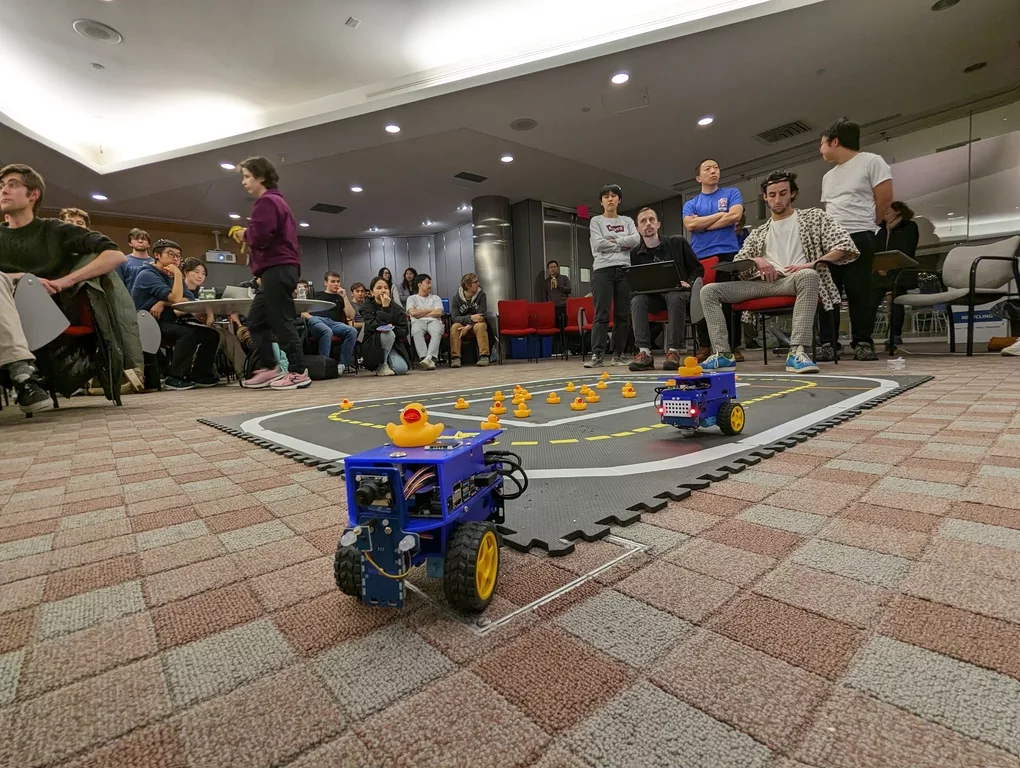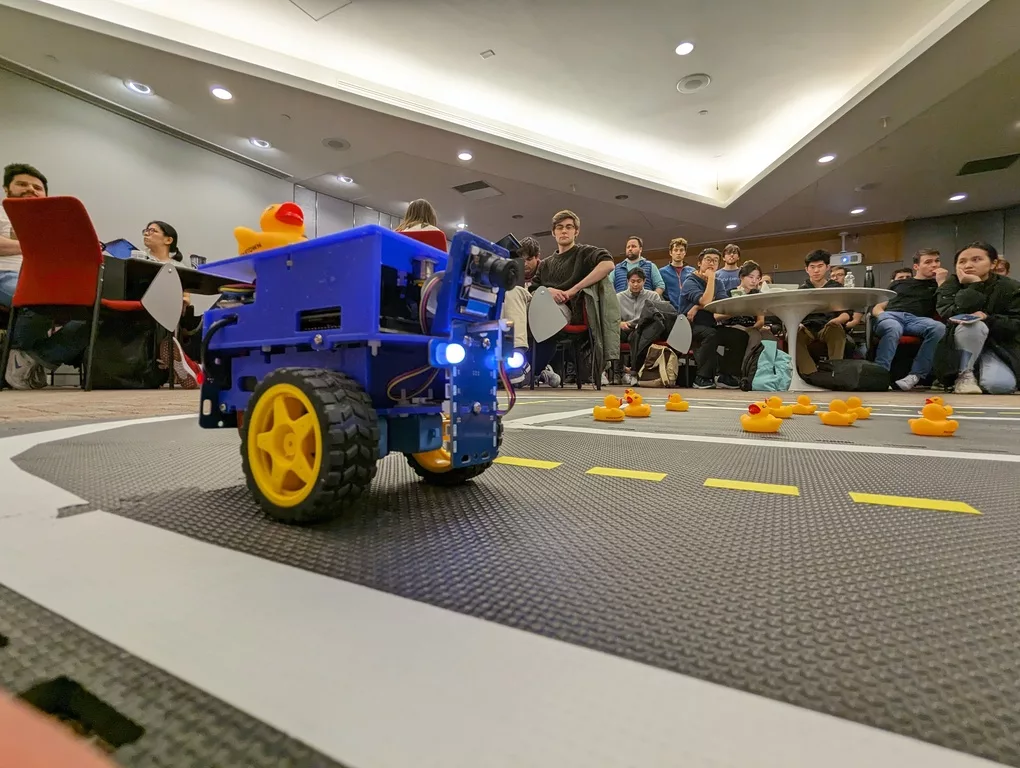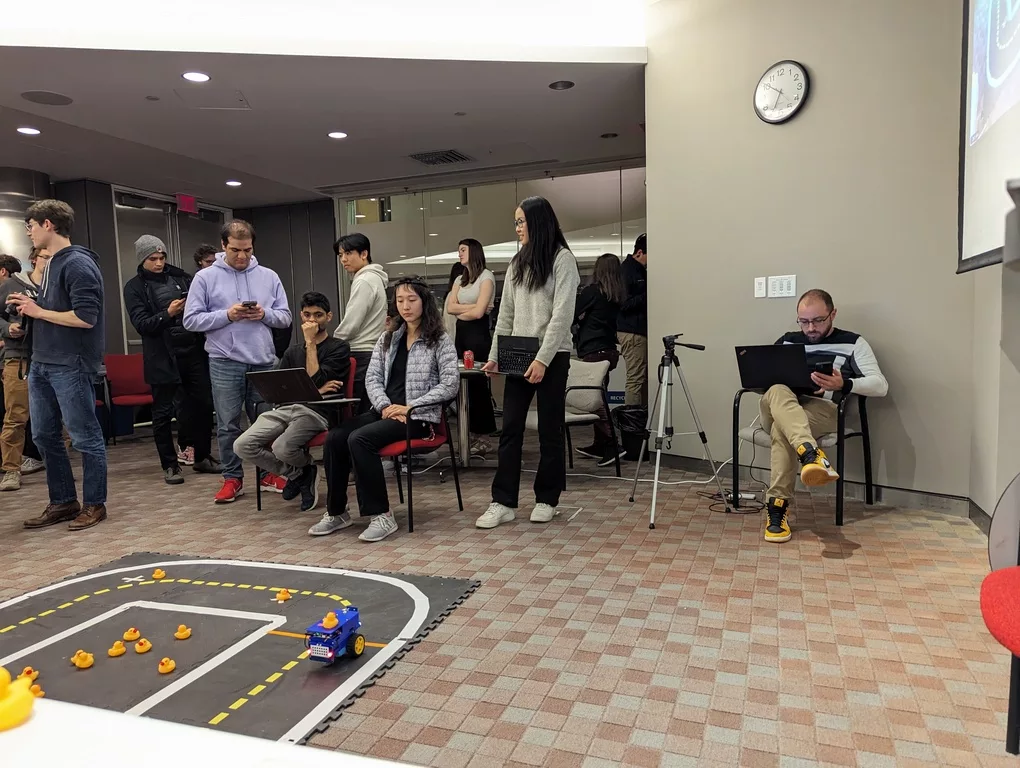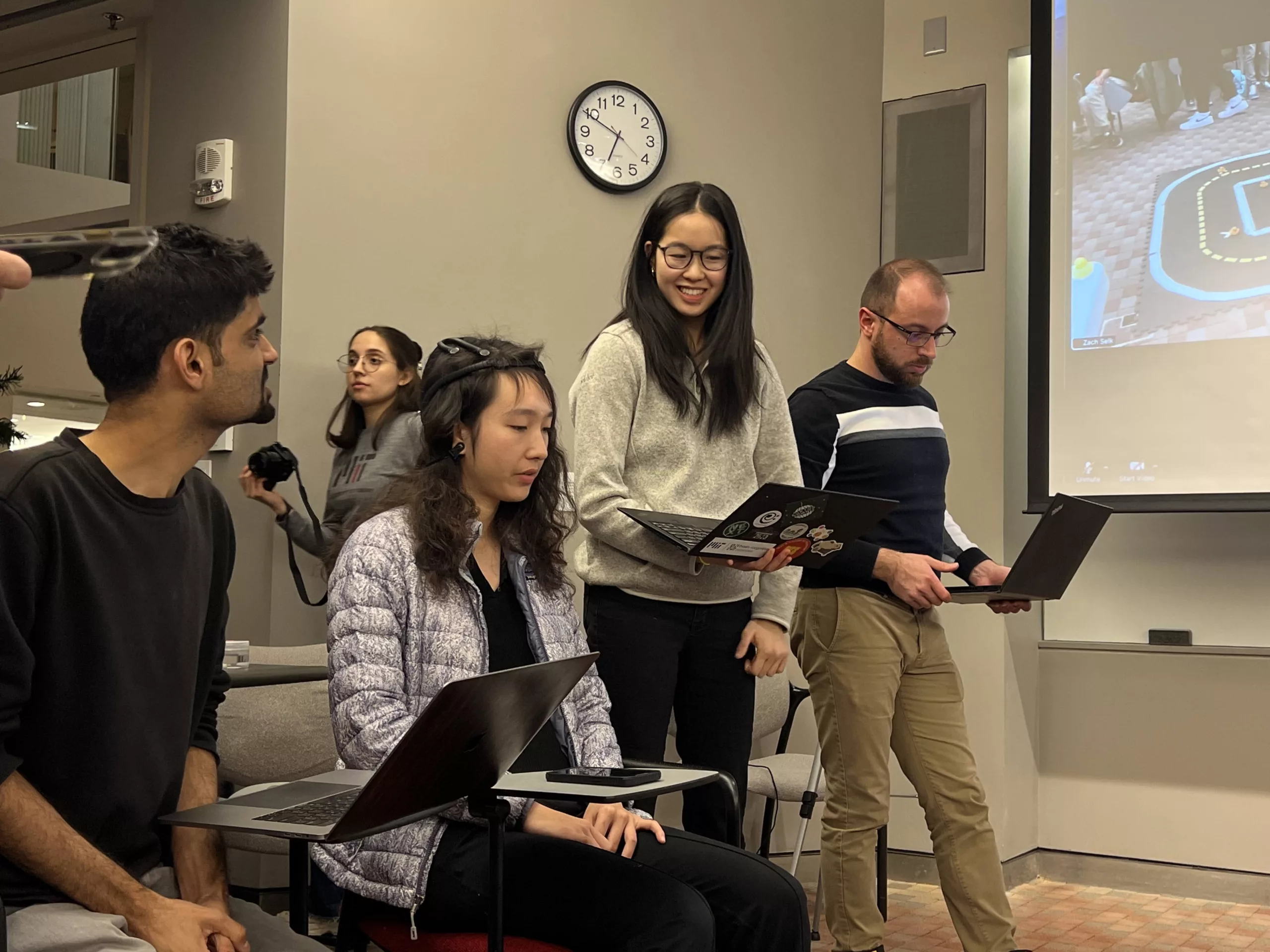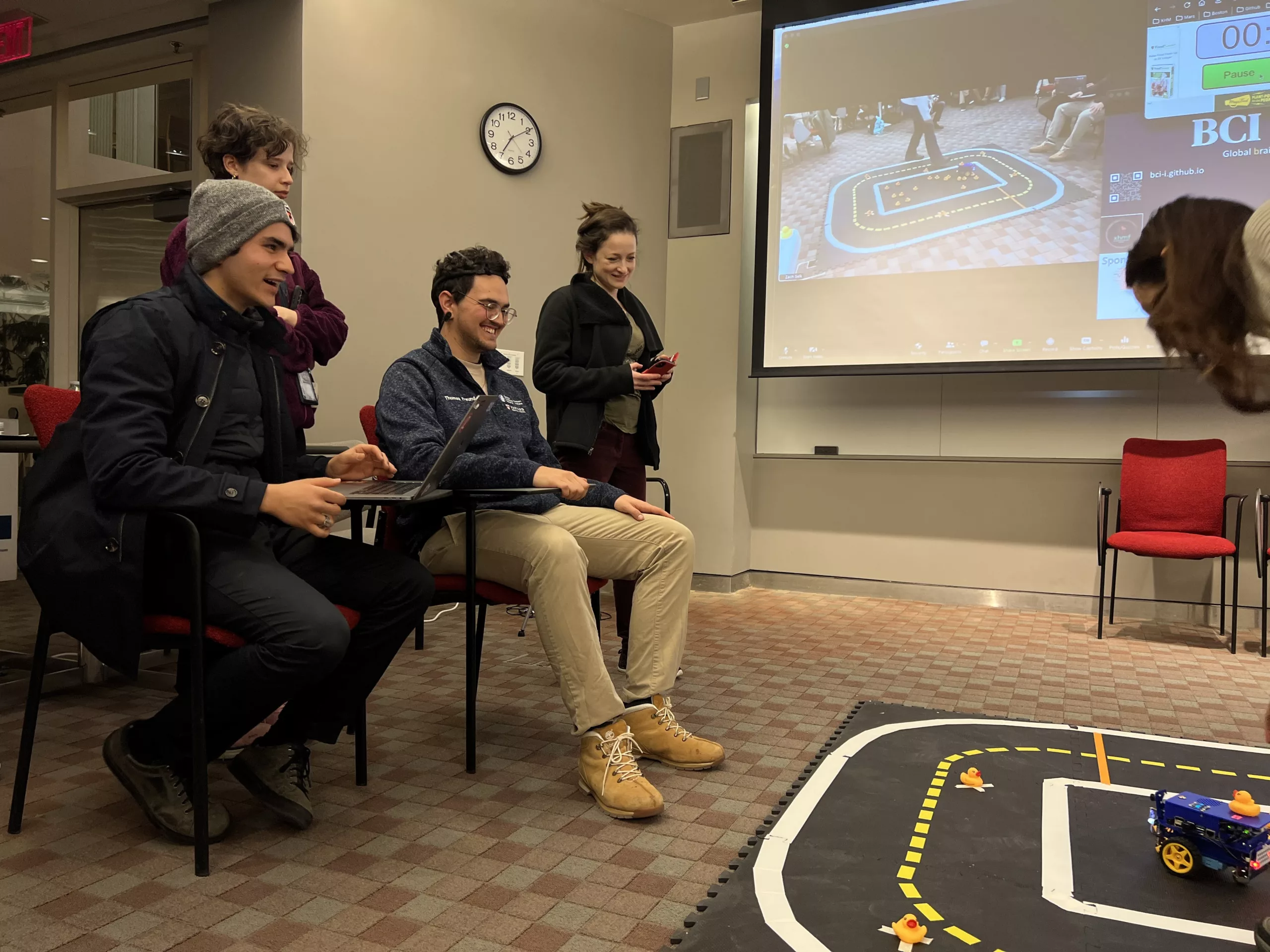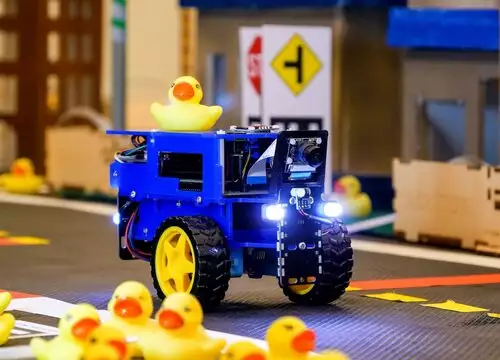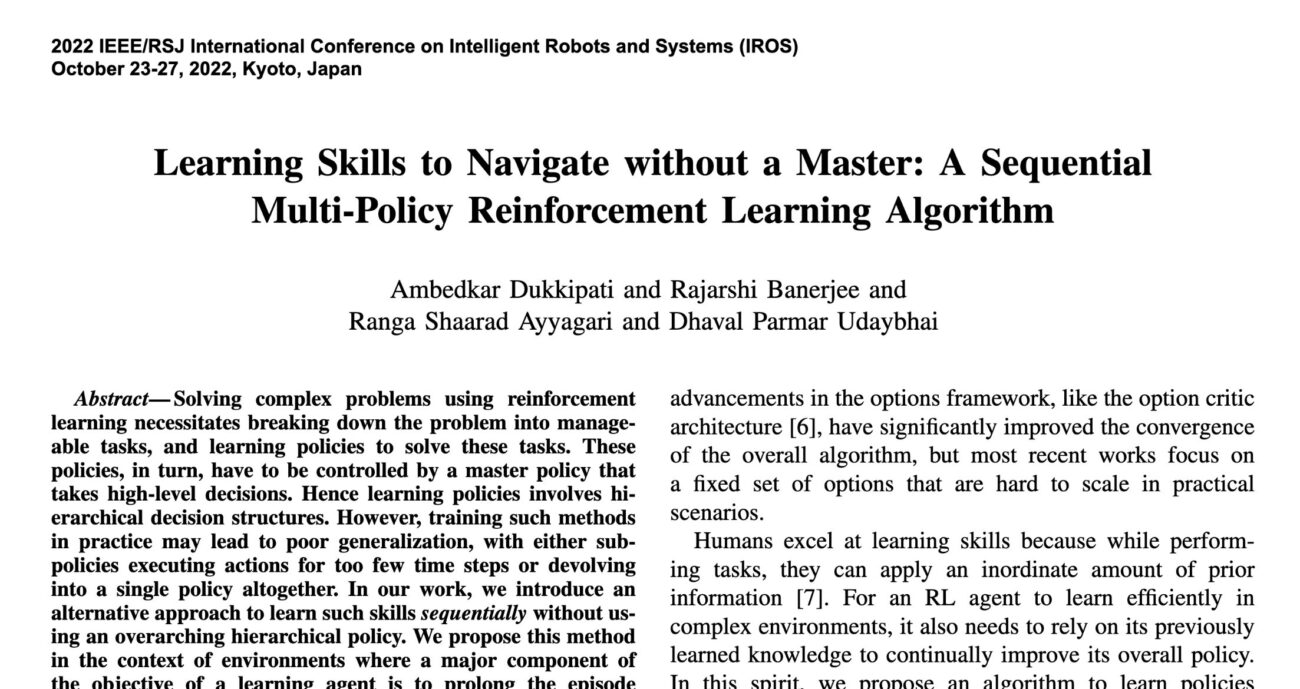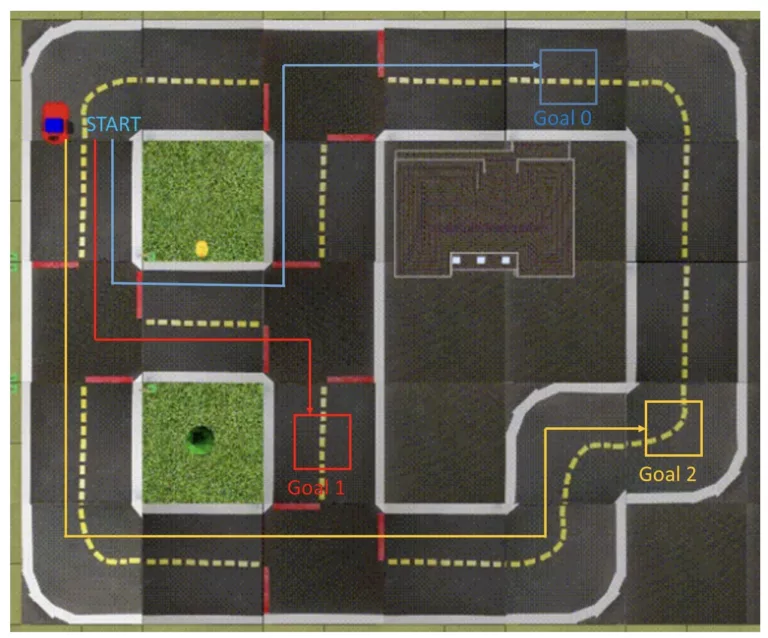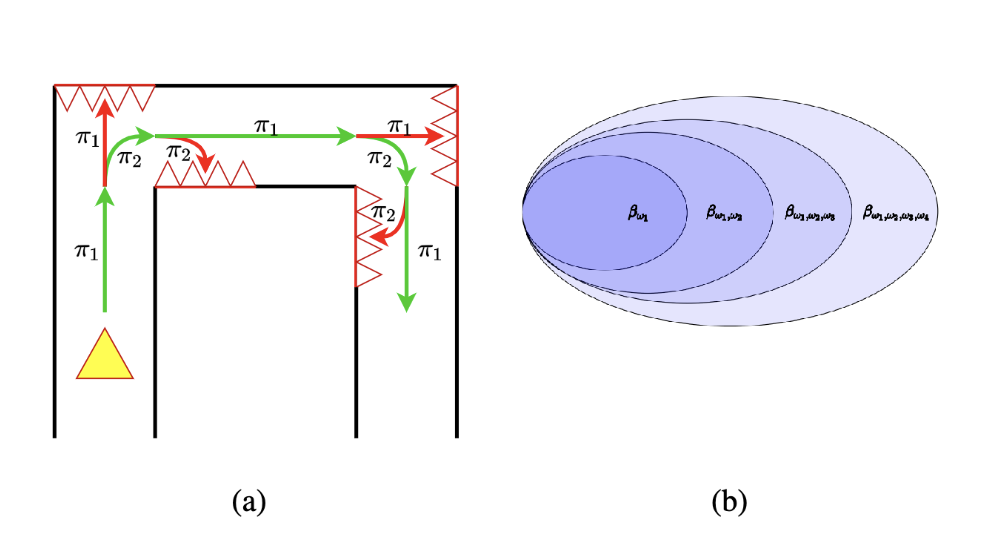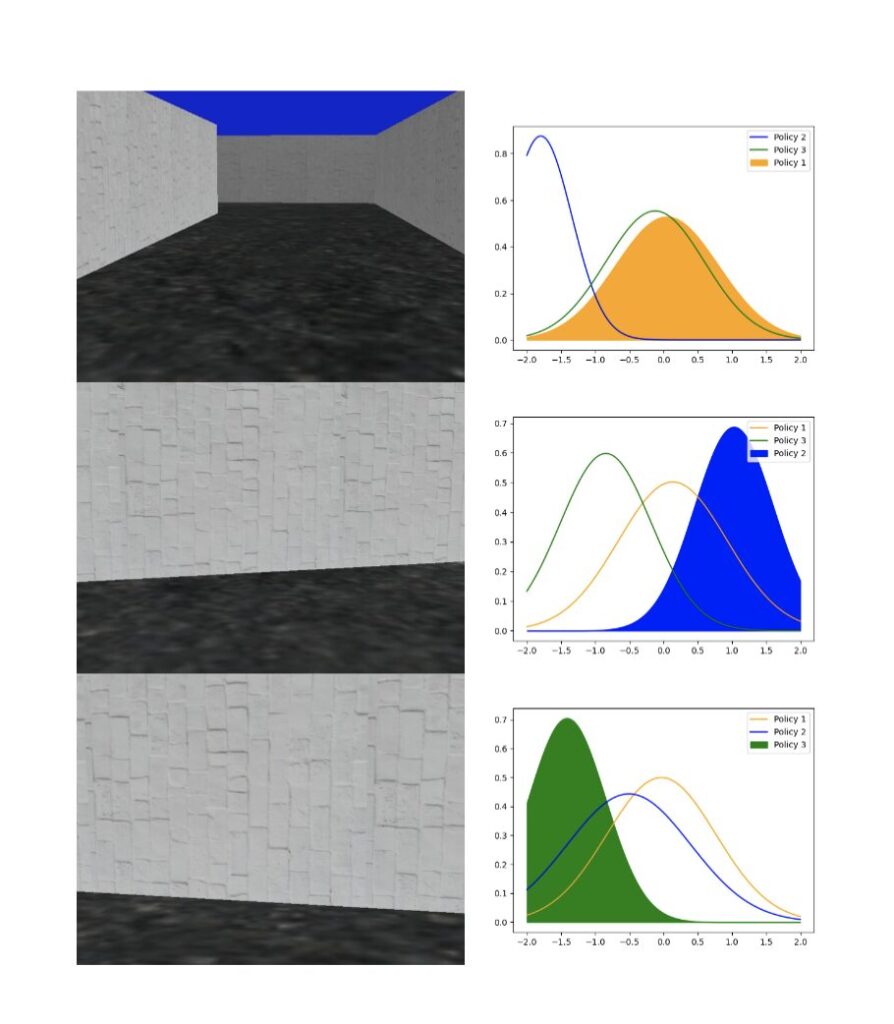Tor Vergata University and Duckietown deliver hands-on control systems workshop at EU Maker Faire Rome 2025
Tor Vergata University, Rome, Italy, delivered a hands-on educational workshop on control systems at the European Maker Faire 2025 that took place in Rome, Oct. 17-19, 2025, in partnership with Duckietown.
Hands-on workshop: Introduction to automatic control with self-driving cars
Tor Vergata University, Rome’s second University, in partnership with Duckietown, has delivered a workshop titled “Introduction to Automatic Control with Self-Driving Duckiebots” in occasion of the EU Maker Faire in Rome, which hosted nearly 50000 visitors over the span of three days.
The objective of the workshop was to introduce participants to the fundamental principles of control system engineering and vehicle autonomy, by using real and simulated Duckiebots, and investigating the real-world impact of “details” such as controller tuning.
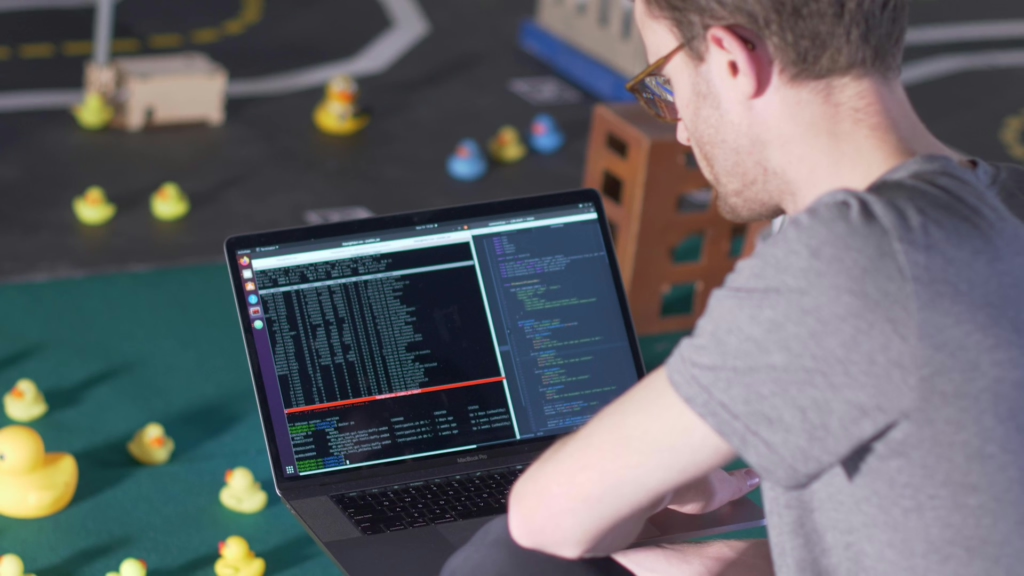
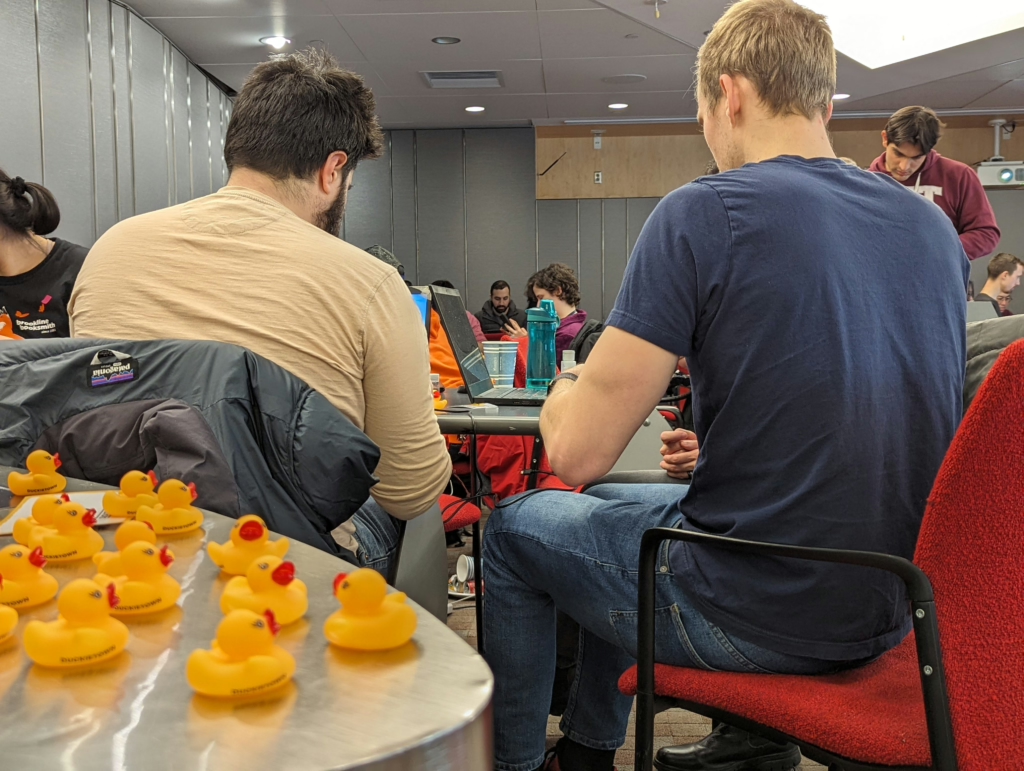
In this workshop, tuned for makers, educators, and learners, participants have:
- Learnt what a robot is and what all robots have in common;
- Understood the role of feedback and control systems in vehicle autonomy, as well as other everyday technologies;
- Explored sensors, actuators, and the perception pipeline of Duckiebots;
- Tuned a PID controller on simulated and physical Duckiebots.
Learning automatic control: Who, where and when
The workshop, led by Professor Mario Sassano from the Dipartimento di Ingegneria Civile e Informatica of the Tor Vergata University, took place in three sessions at the European Maker Faire 2025 in Rome. Shima Akbari, Giorgio Manca and Davide Iafrate provided precious assistance:
Friday, October 17, 2025: from 13:00 to 14:30 CET, Room 2 Make Lab (Area A)
Saturday, October 18, 2025: from 12.30 to 14:00 CET, Room 2 Make Lab (Area A)
Sunday, October 19, 2025: form 13:00 to 16:00, Room 8 (Area J)

Prof. Mario Sassano is Engineering Professor at the University of Rome Tor Vergata, Italy.

Shima Akbari is a Ph. D. student at Italian National Program in Autonomous Systems at the University of Rome Tor Vergata, Italy.

Giorgio Manca is a Ph. D. Student in the DAuSy program at the University of Rome Tor Vergata, Italy.

Jacopo Tani, Ph. D. is cofounder, President and CEO of Duckietown.

Prof. Liam Paull is Associate Professor at Universitè de Montréal, CTO and cofounder at Duckietown.

Davide Iafrate is a Robotics Engineer at Duckietown.
About Duckietown
Duckietown is a platform for creating and disseminating robotics and AI learning experiences.
It is modular, customizable and state-of-the-art, and designed to teach, learn, and do research. From exploring the fundamentals of computer science and automation to pushing the boundaries of knowledge, Duckietown evolves with the skills of the user.

